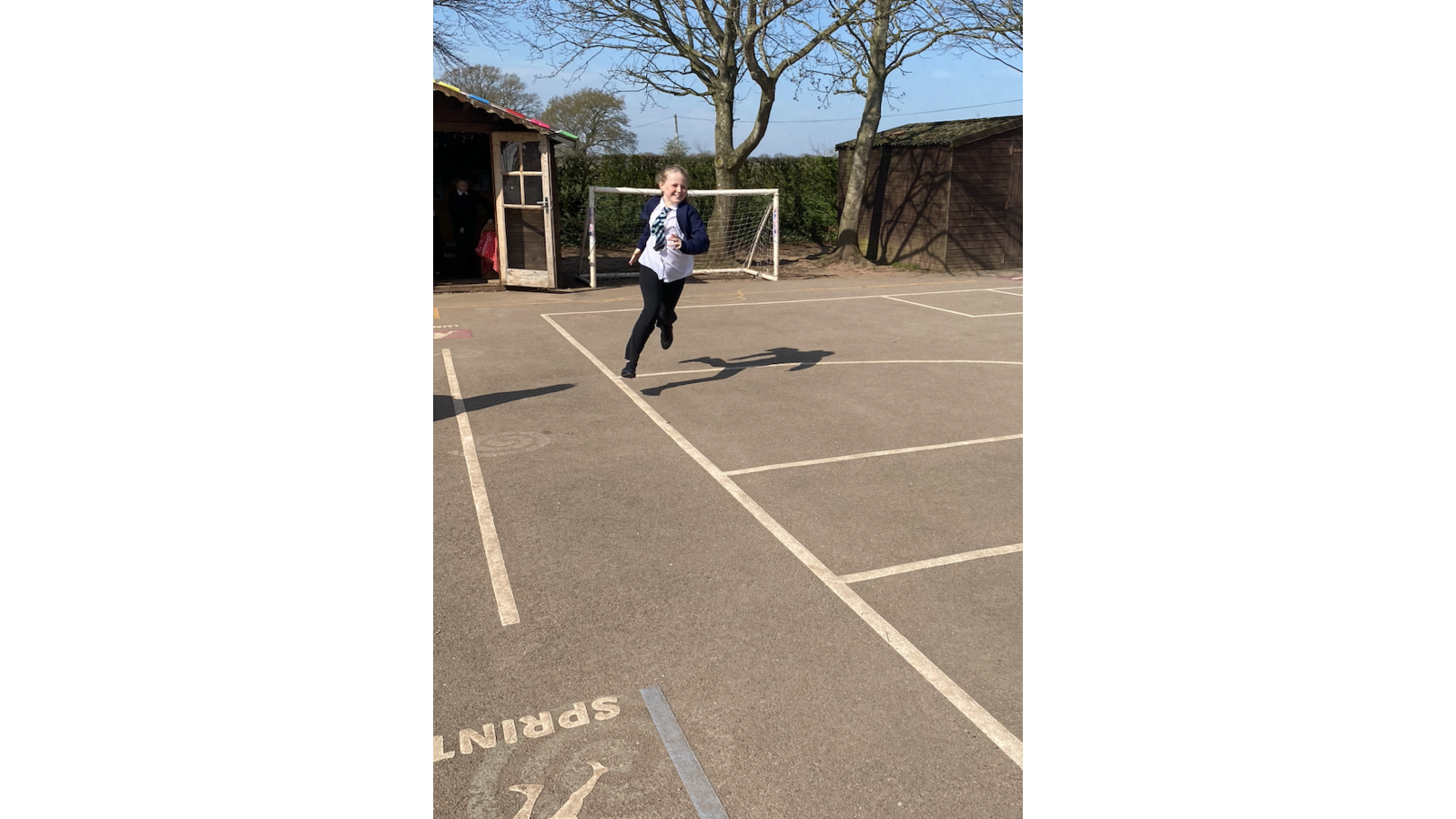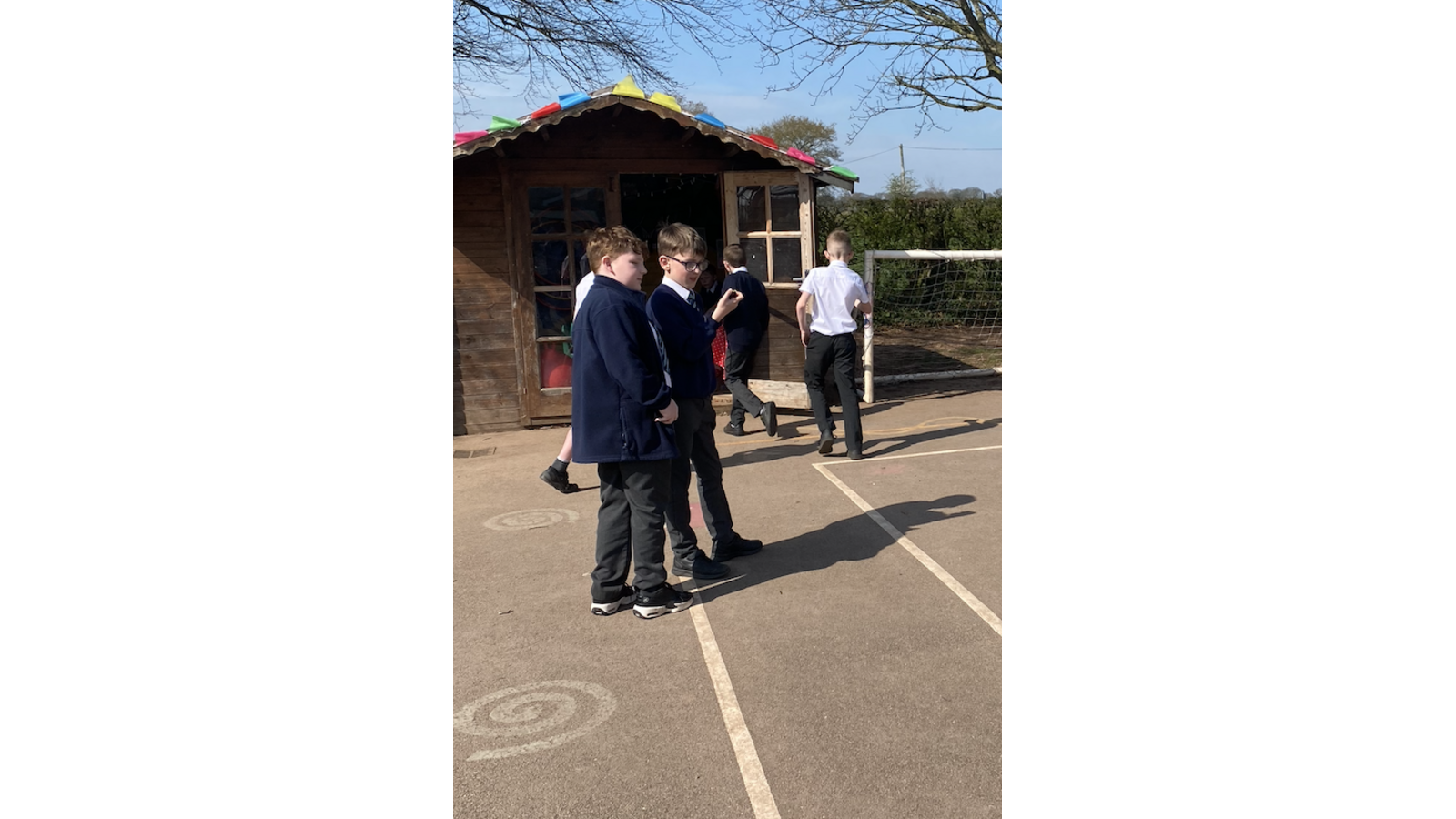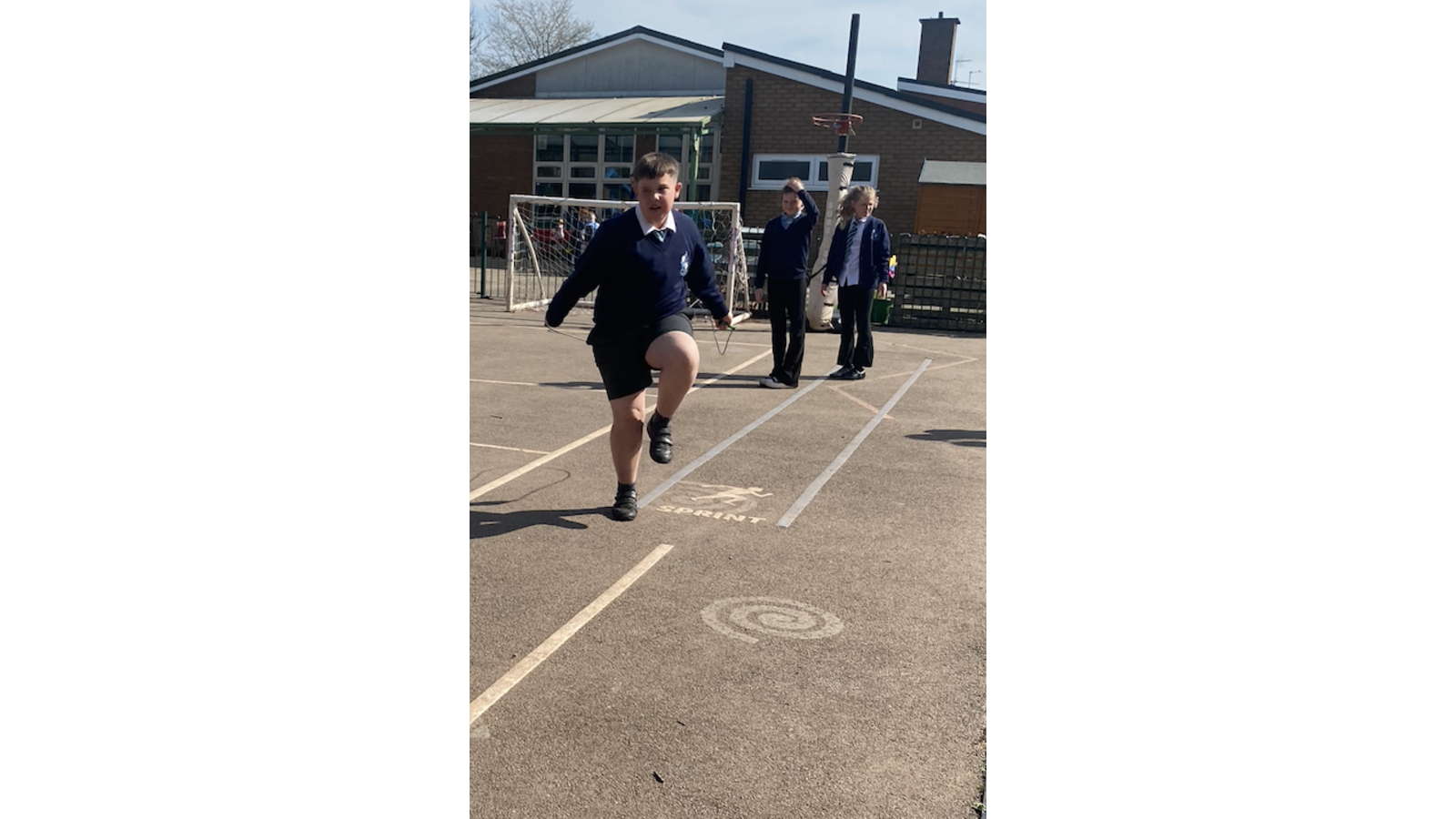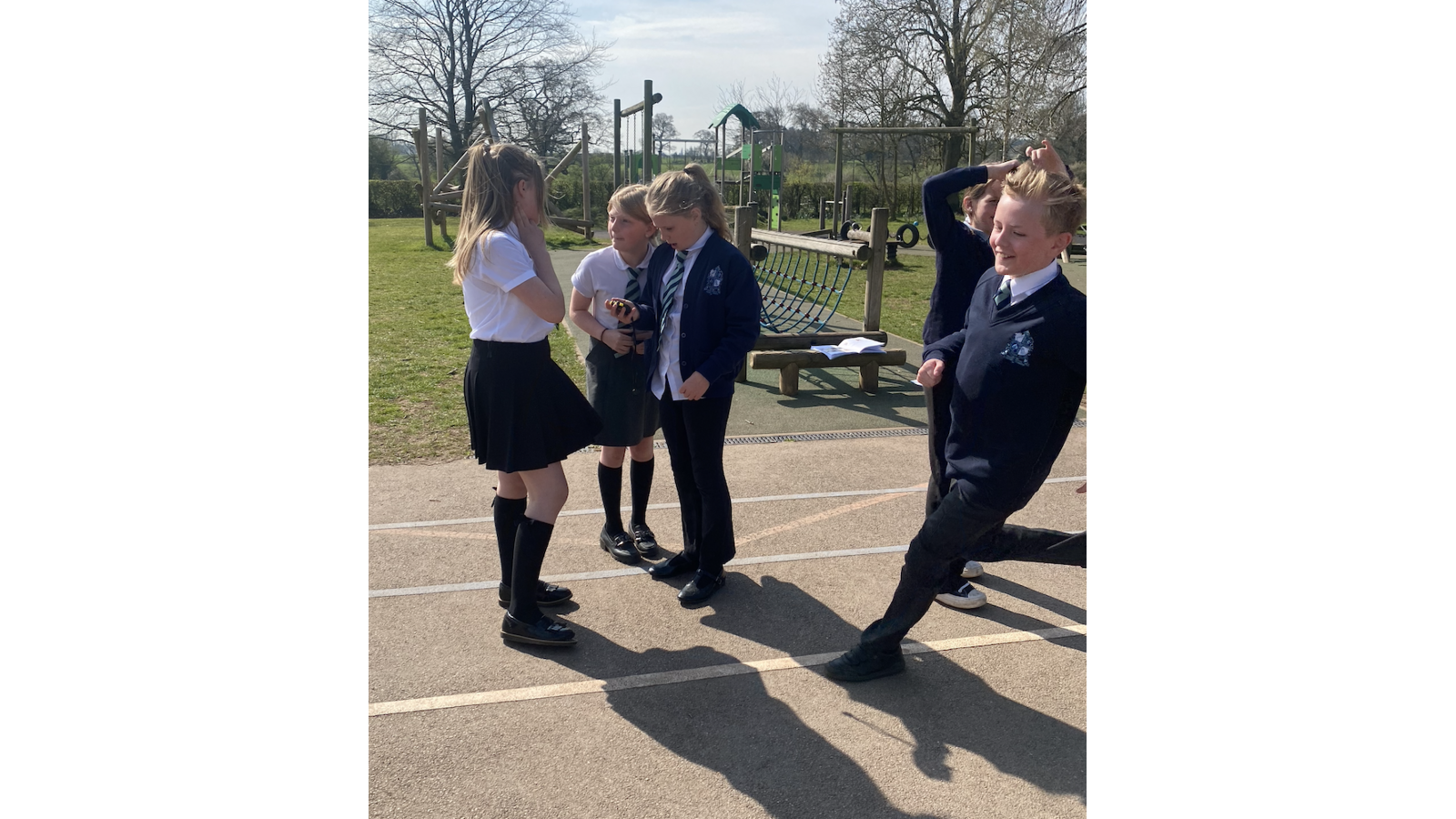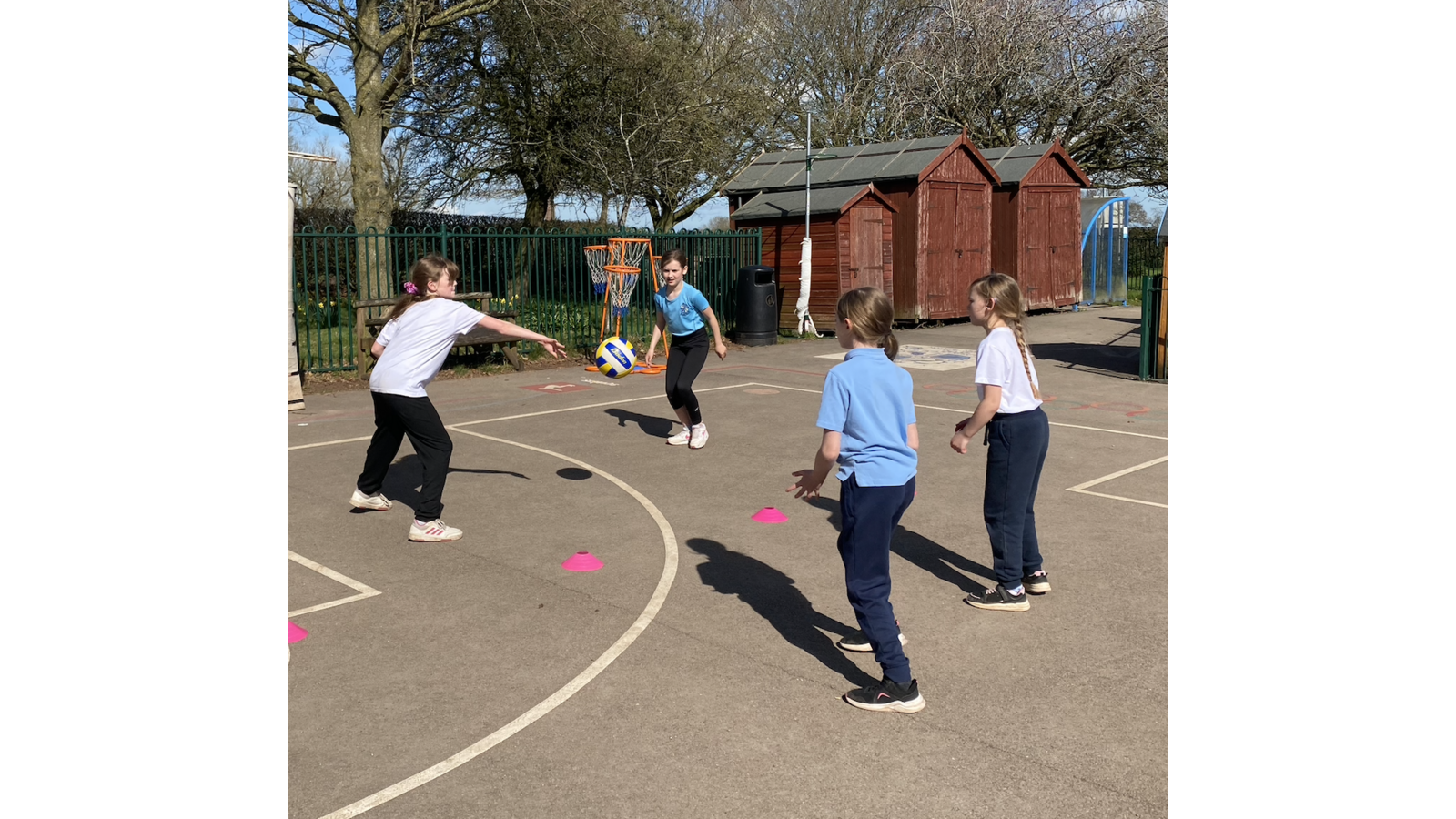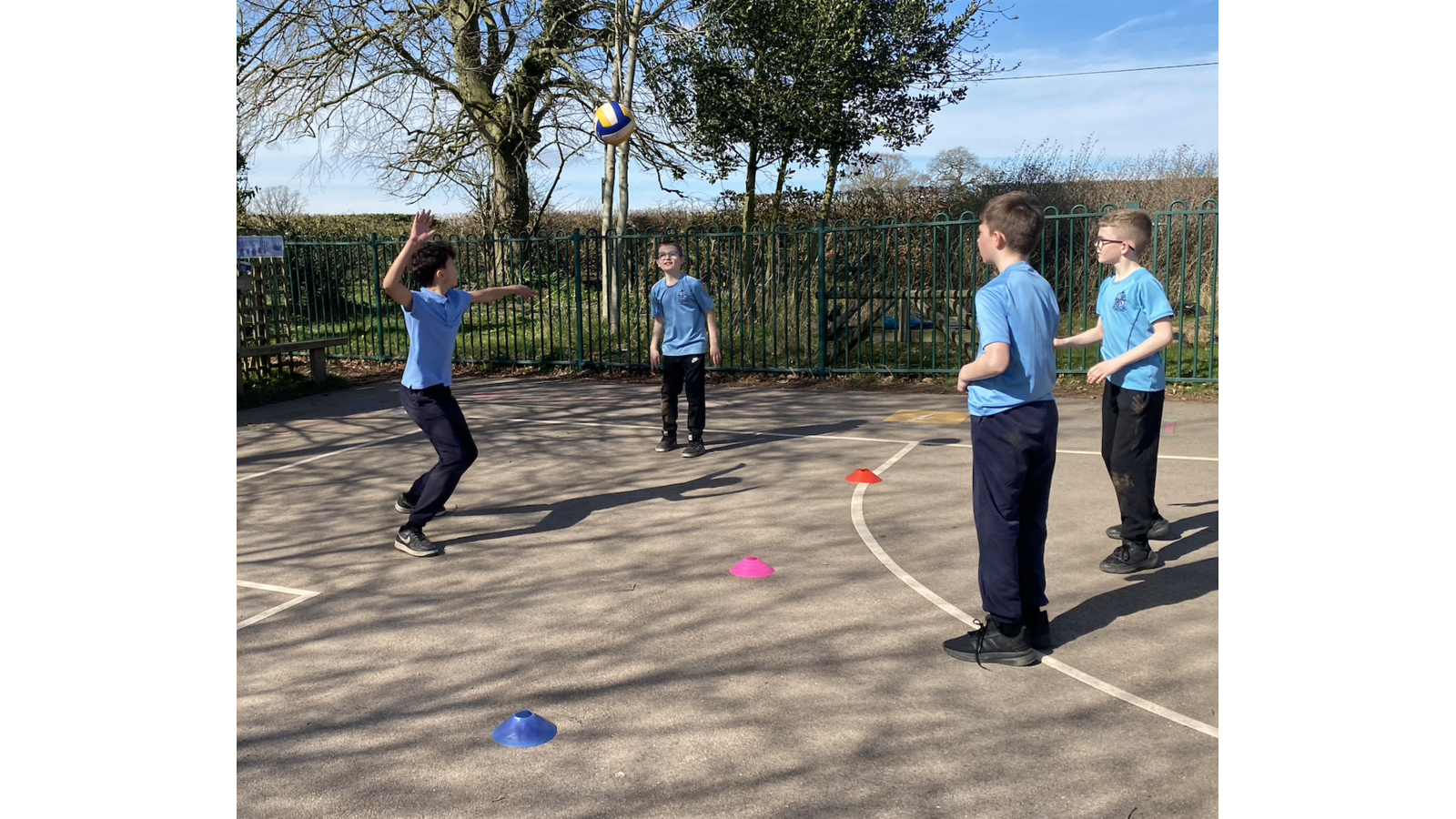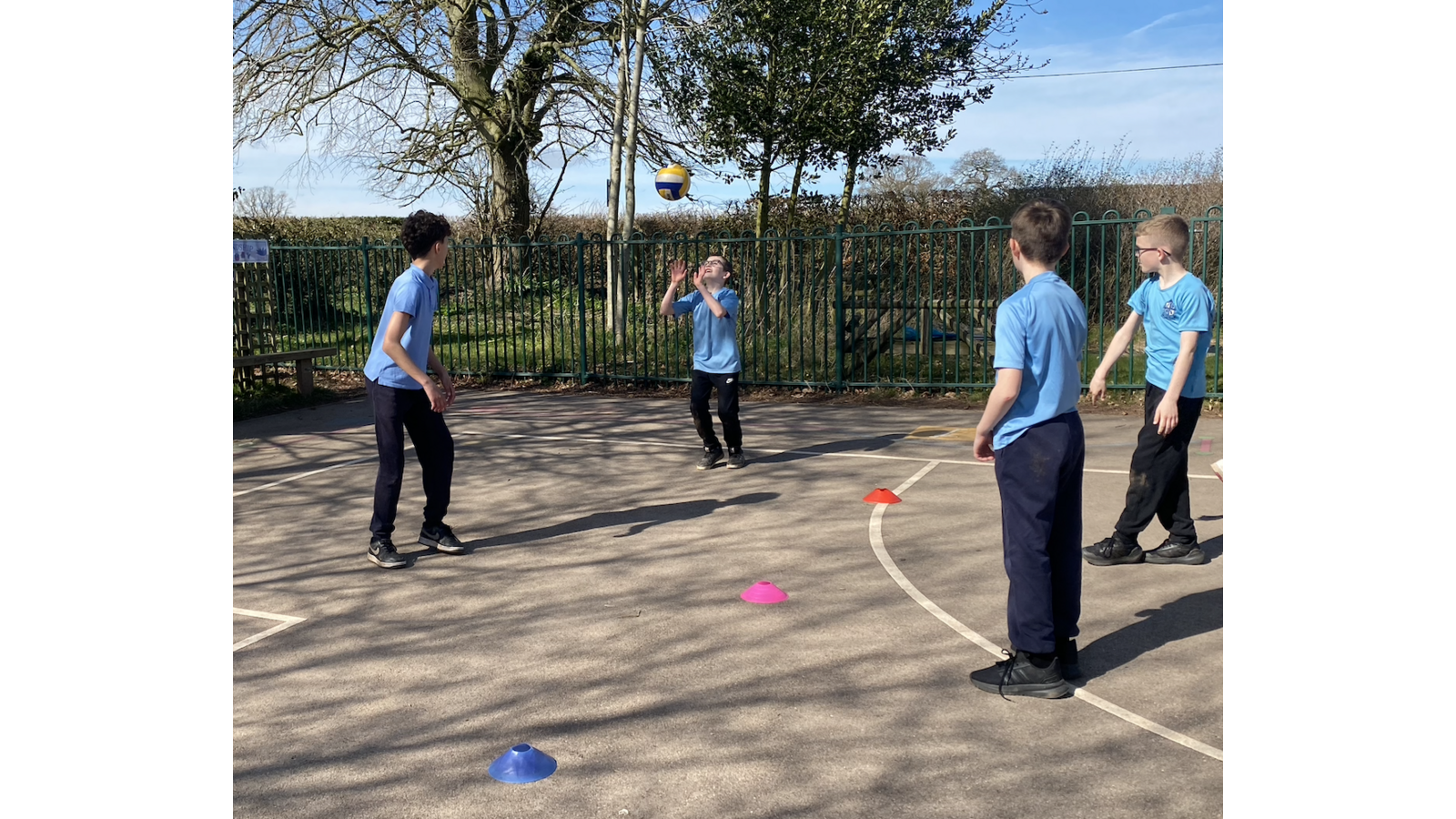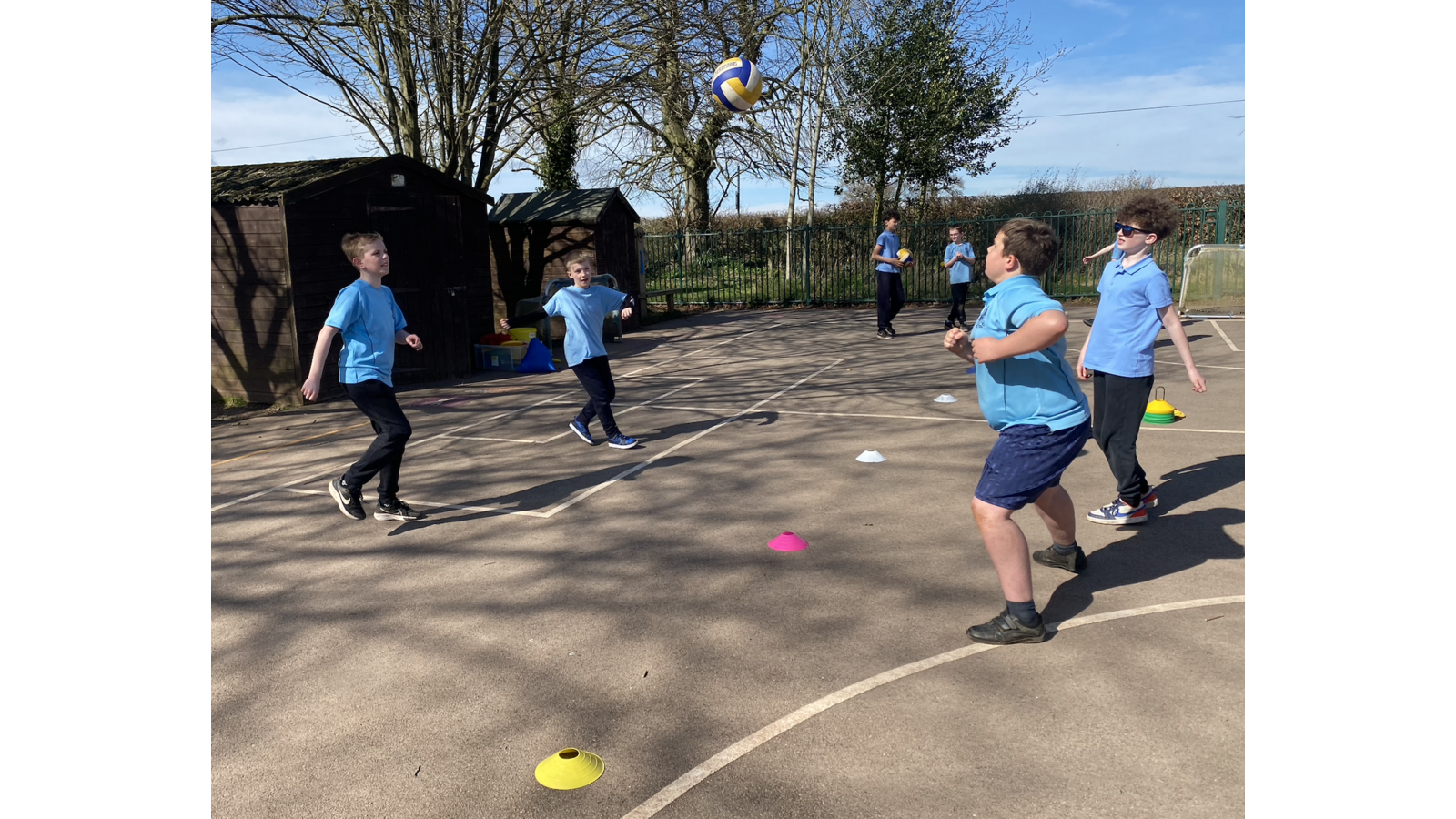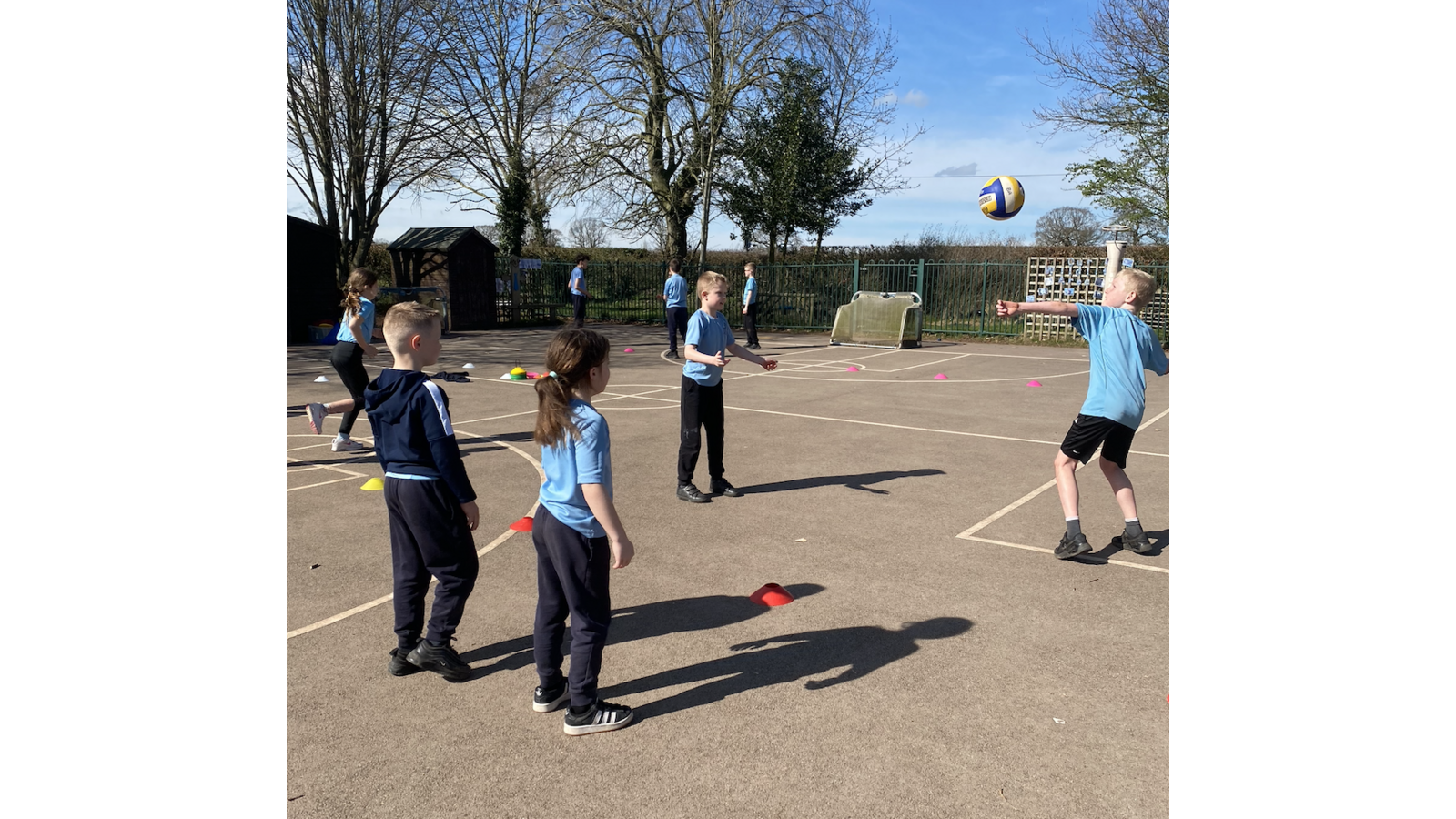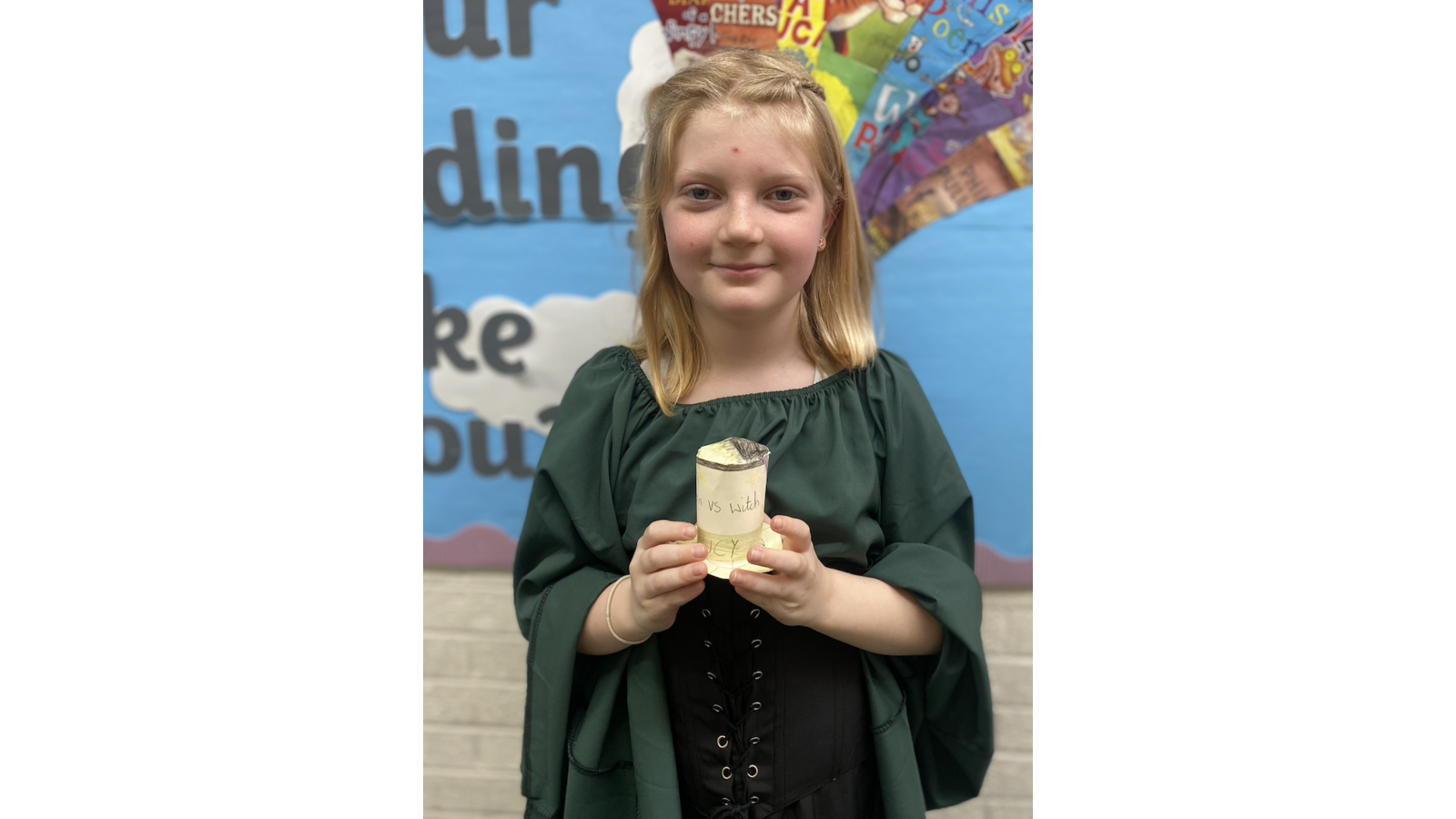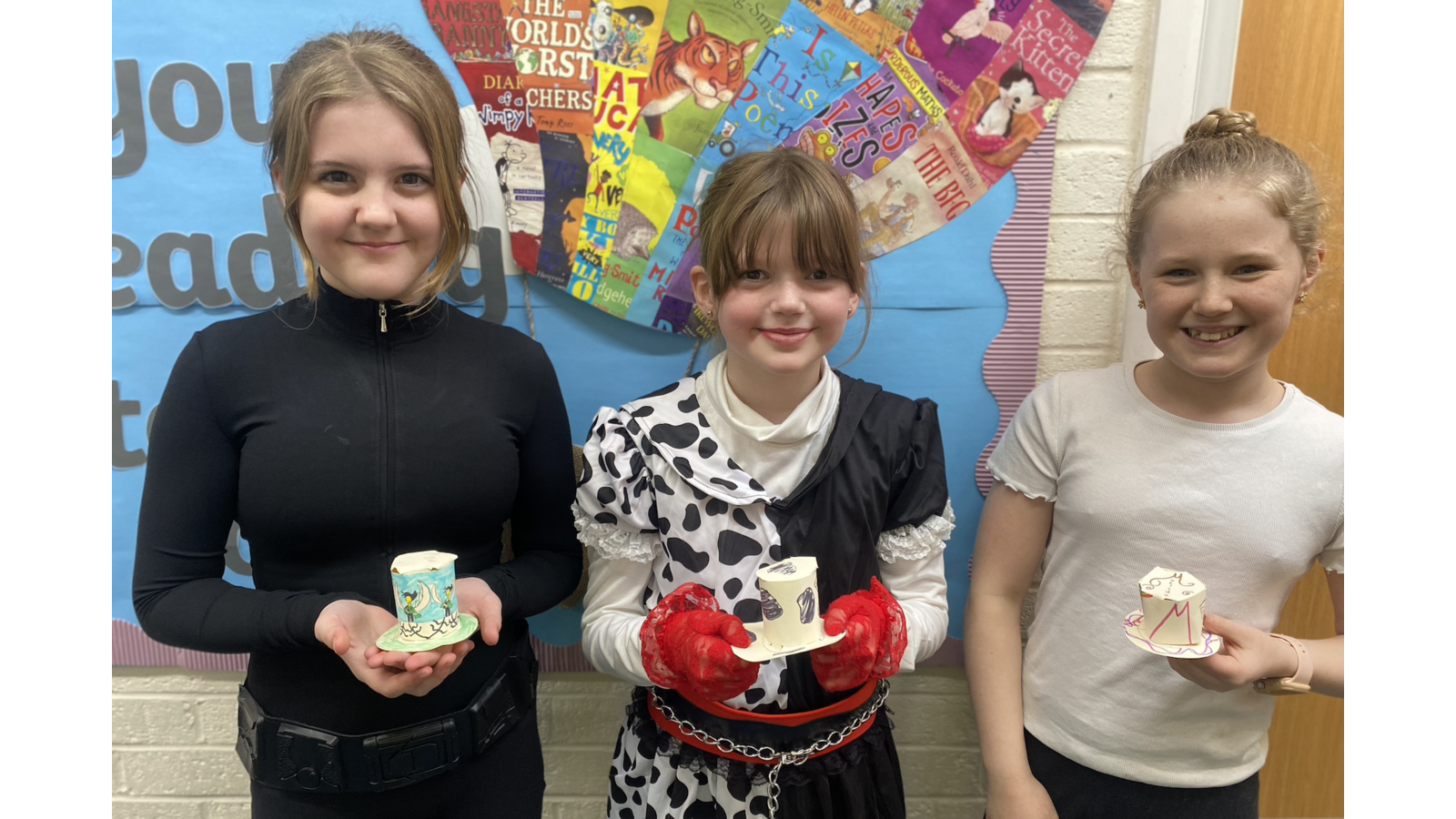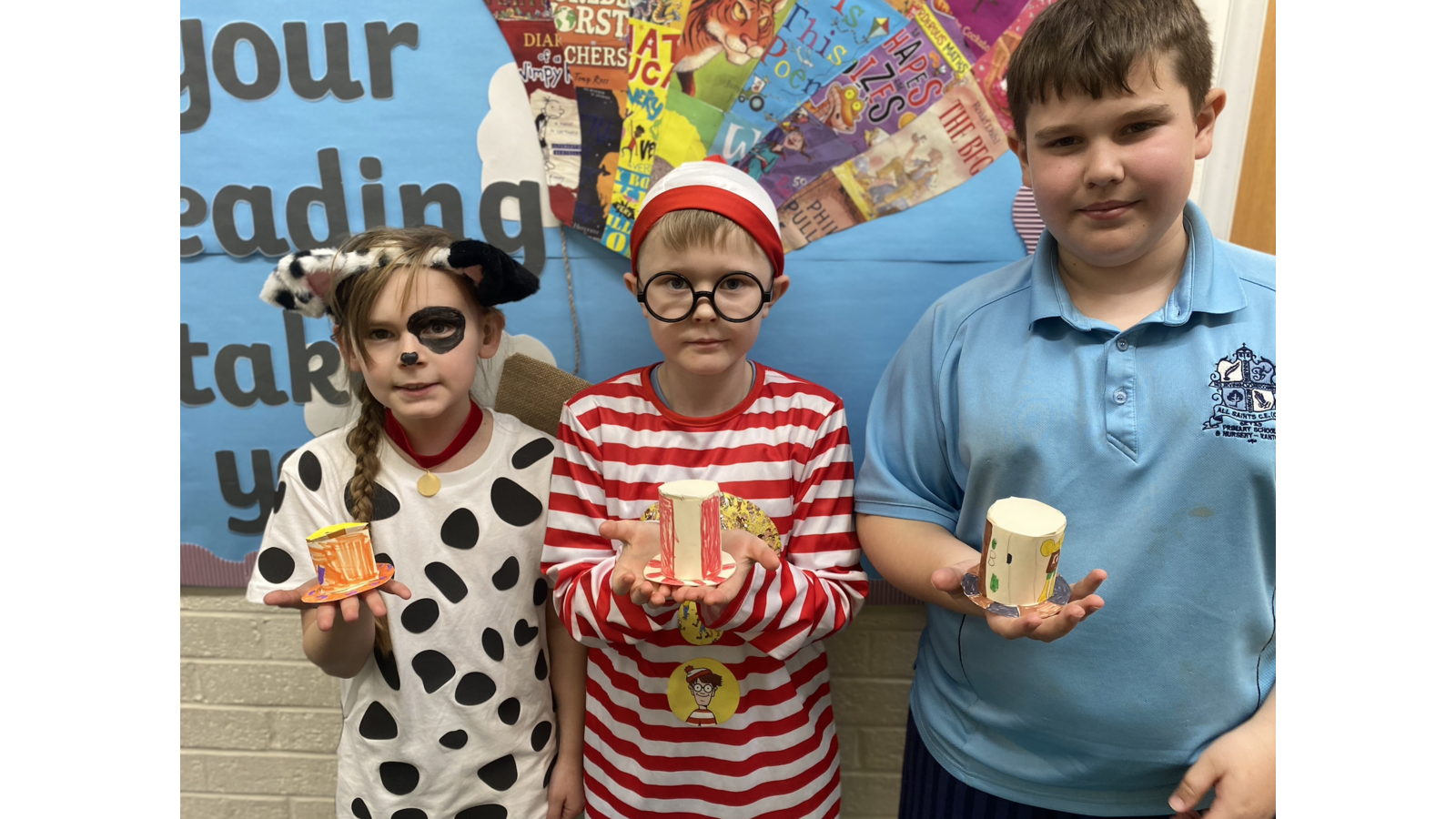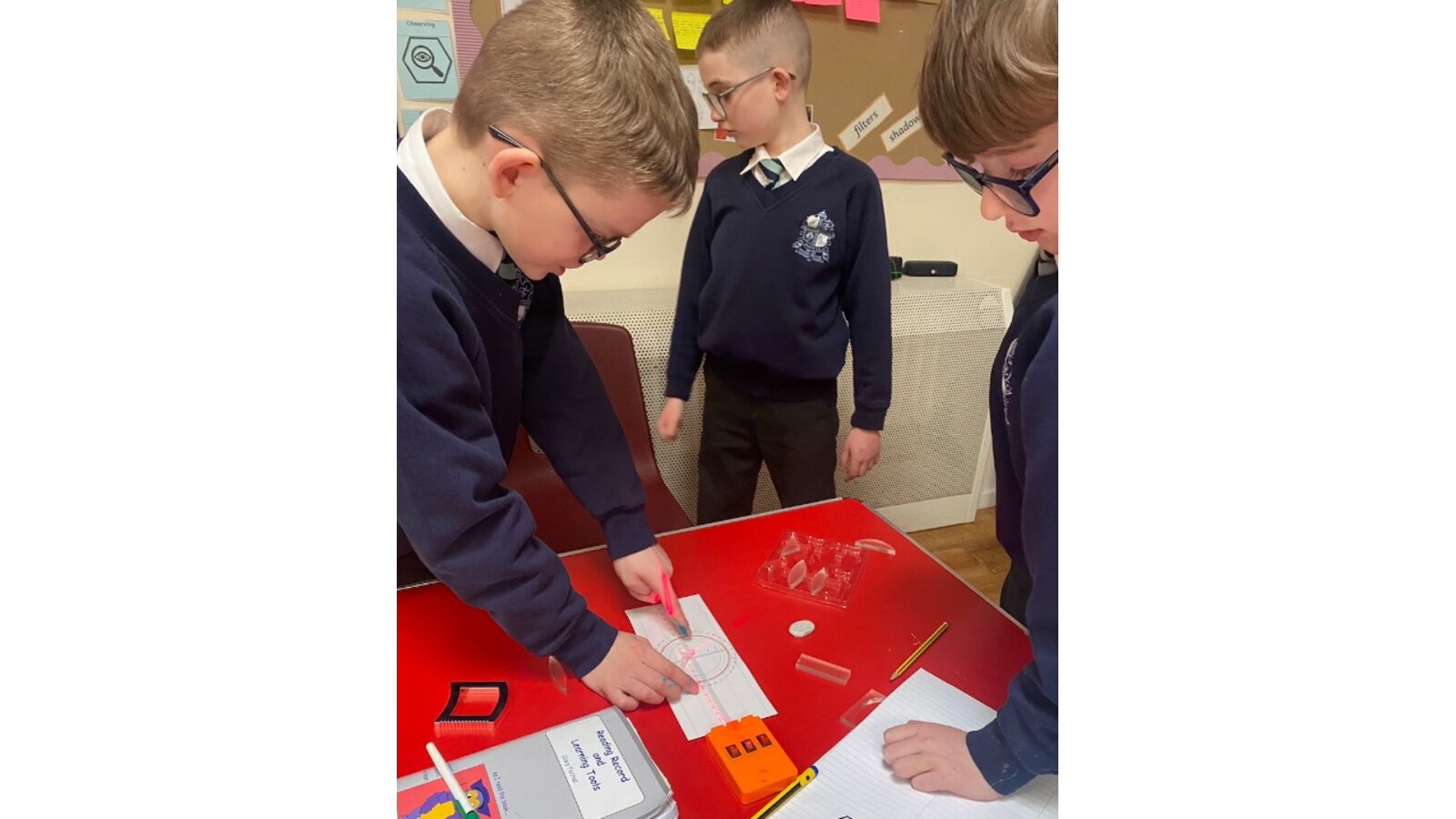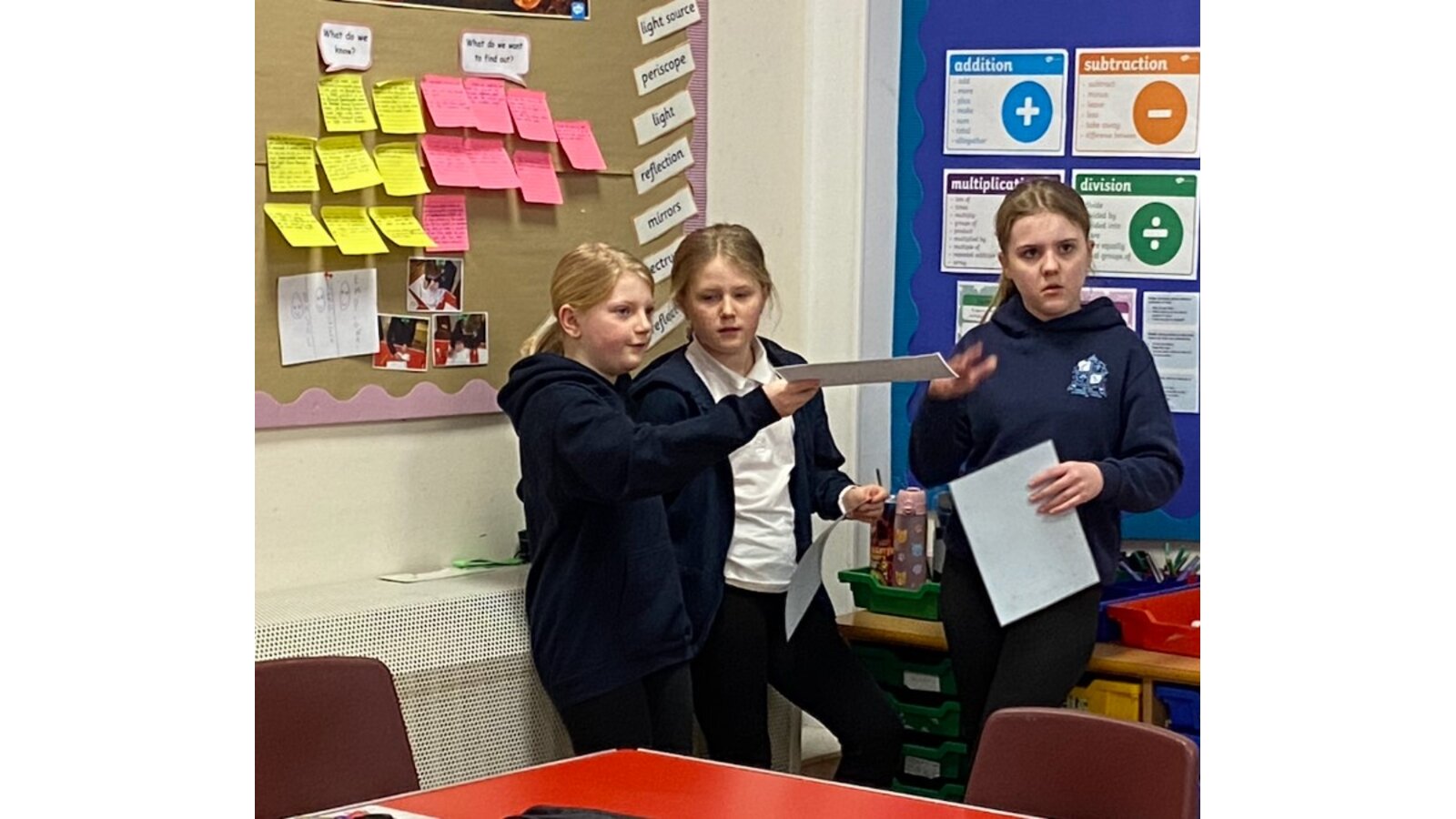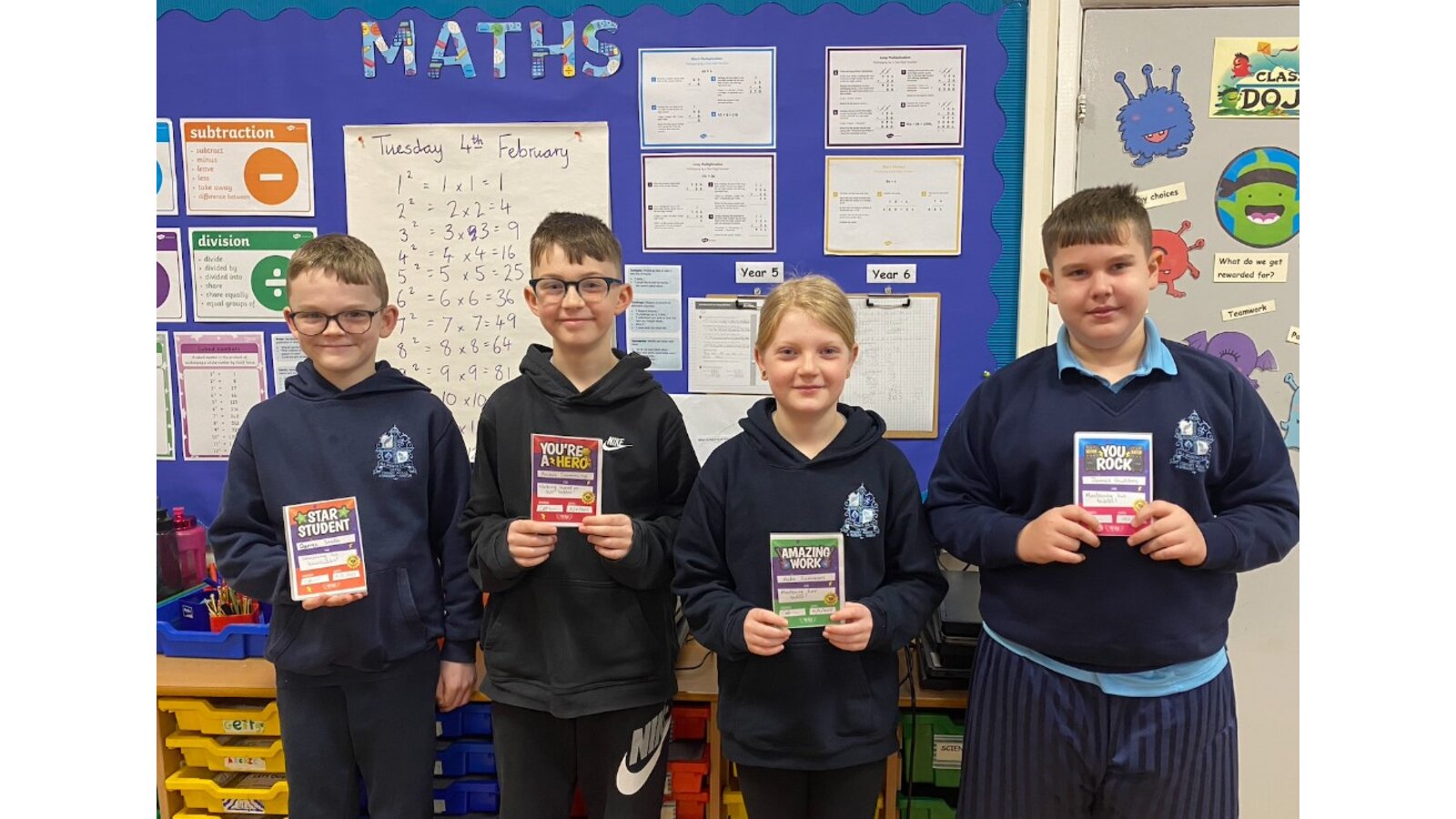Welcome to Owls Class!
Class 3 is made up of our Year 5 and Year 6 children in the mornings, taught by Miss Ashton. In the afternoon, Year 4 join the class and are taught by Mrs Cheers. We pride ourselves on our exciting curriculum and engaging learning experiences, which enables each of our amazing pupils to fulfil their unique potential.
If you would like to know anything else about our class, please contact Miss Ashton or Mrs Cheers.
In Class 3, to help support our teaching of spelling, we set assignments on Spelling Shed on a Friday for Y5 and Y6. Spelling Shed is a game-based tool that can be used at home to boost children’s confidence in spelling. Children enjoy playing the games and practise their spellings in a fun, interactive way. Your child has been given their login information and they can access Spelling Shed online here: https://play.edshed.com/en-gb/login. The website can be accessed using a computer, phone or tablet; as ever, please do carefully supervise your child when they use the internet.
In Year 5 and 6, we work through a two-year rolling programme. This year, we are working on Stage 6.


Spelling Shed Parent Guide
Spelling Bee Competition
At the end of this term, we will be competing in the first spelling Bee round.
Spelling Shed Parent Guide
The words are as follows:
Autumn Spelling Bee Lists 2025
The importance of reading in Year 5 and Year 6
Reading plays a crucial role in the development of pupils in Year 5 and Year 6, laying the foundation for their academic success and lifelong learning. At this stage, children are transitioning from learning to read to reading to learn. The skills they build during these years are essential for understanding complex texts, expanding their vocabulary, and deepening their comprehension of the world around them. Reading for pleasure has a high profile in our school and we actively encourage the children to explore the types of text that they enjoy and share with others.
Below you will find our reading curriculum for this academic year, in addition to wider reading recommendations:
Class 3 Reading Suggestions
Our class text for the Autumn term is...

Why has this text been chosen?
At All Saints, we are passionate about giving our children a broad and rich reading experience throughout their time with us. Robert Swindells is a highly successful writer for children and young adults. Several of his books have won awards, including Stone Cold, which won the Carnegie Medal and Nightmare Stairs and Blitzed, both Red House Children's Book Award winners. The text explores themes of family, conflict, homelessness, friendship and betrayal - perfect for our upper key stage 2 children. In addition to this, the historical setting of WW2 provides us with links to war poetry, including the work of Wilfred Owen. This is firmly in line with our commitment to broadening our children's experiences and making links across all areas of the curriculum.
If you enjoy our class text, follow this link to find other suggestions.

We use White Rose Maths planning and resources to ensure that our maths lessons meet all national curriculum guidelines in a fun, inclusive and age-appropriate way. All our material is designed to support primary children as they have fun with maths, exploring everything from times tables and number bonds to money and multiplication.
Our topics for the Autumn term are as follows:

See below for the some useful revision links:
In Class 3, we homework takes a number of different forms. We have weekly homework, which includes reading (at least three times a week), spellings (set on Spelling Shed) and TTRockstars (online times tables). In addition to these weekly tasks, Class 3 also have a termly menu of homework tasks which are based on our topics each half term.
Please find Autumn Term 1 homework below:
Forces: Investigating Water Resistance
As part of our learning in science about forces, this week we have been investigating the effect of water resistance and different shaped objects. We were careful to ensure our tests were fair and repeated our results for accuracy.
Bracelet Club
Bracelet Club started today at lunchtime for Class 3, led by two of our amazing Year 5 pupils. It was a huge success. Well done to all involved!
Exploring and measuring forces in science
Y5/6 have started their new science topic this term, which is all about forces. Today we have explored different types of forces, measured forces and challenged our understanding of weight and mass.
DT - Come Dine with Me - Viking Style!
This week, Year 4, 5 and 6 have been busy preparing a three-course meal, having researched recipes carefully. They tried hard to use mainly ingredients which would have been available during Viking times as this unit linked their DT skills with their History learning.
The children had so much fun and are looking forward to sampling their food later today!
Science - Pop Rockets!
Class 3 had a fantastic time exploring a range of variables in irreversible changes. Their test involved shooting pop rockets into the air!
Science - irreversible changes
This week we have been exploring irreversible changes. We have inflated balloons by mixing, made plastic and even made tea bags fly!
English - WW2 poetry
Based on our class text, Class 3 wrote their own poems about the declaration of WW2 in 1939. They captured the feelings of confusion really well and have published their pieces beautifully. As part of our oracy work, we also explored how to perform our poems.
DT - Flavour Tasting Session
In DT this week, we have been learning about the five basic tastes: sweet, sour, bitter, salty and umami. We tried different foods and identified their flavours as well as talked about which flavours complement each other.
Science - exploring soluble and insoluble materials
In science we have been making predictions about which materials we think would be soluble and which would be insoluble. We carried out our tests as a team and then reflected on our results.
Year 5 visit to King Edward VI High School
A big thank you to the staff and young people from King Edward VI High School, who hosted our Y5 pupils for the morning. We started the morning with some cookery, making our own wraps and creating a delicious dessert! Next up was a drama workshop, which was lots of fun!
Trip to Gladstone Pottery Museum Photos - Part 1
Class 3 had a wonderful day at Gladstone Pottery Museum where they enjoyed an interesting, fact-filled guided tour of the museum and learnt all about what life would have been like when the potteries were in action. They also took part in an art workshop, where they made beautiful, detailed flowers from clay. It was a great trip and the children were a real credit to the school.
Owl Pellet Dissection
Inspired by our book topic on 'Skellig' by David Almond, Year 5 and 6 learnt how to dissect an owl pellet. We uncovered the skeletons of lots of smalls mammals, including rodents, moles and shrews; we even found a bird's skull! Barn owls are unable to chew, so have to swallow their prey whole and regurgitate the waste. Brilliant hands on learning!
Arts Week
Our theme in Class 3 is 'Festival Feasts' and today we have been learning about two artists who have used food as their inspiration for sculptures. We looked at Swedish-born American Claes Oldenburg (1929-2022) and an 11-year old artist called Rowan Briggs Smith. So far, we have learned about their work and have started to make some food sculptures of our own!
Bee Active 'Gladiators' Enrichment Day
We have had a fantastic afternoon being 'Gladiators' as an Enrichment Day activity, with our Bee Active coach Jamie. Pupils tried out lots of different skills, played competitive games and worked well in their teams. The afternoon culminated in a huge 'tug of war' competition. It was brilliant!
Design Technology
In DT, we have been learning about different structures, focusing on Pavilions. We looked at a number of pavilions constructed for World Expo events and thought about how these structures are constructed. Pupils used marshmallows, cocktail sticks and spaghetti to help deepen their understanding of how to make stable structures. This was a fun activity that required quite a bit of adapting of ideas and problem solving as they went along! Pupils demonstrated some super teamwork skills too. Well done, everyone!
Geography - The United Kingdom - 28.4.25
This week, we have been learning about different places in the UK. Pupils used atlases to locate different towns and cities and then plotted them on their maps. There was some excellent discussion and they worked really hard!
French - Near Future Tense - 4.4.25
As part of our French curriculum, Class 3 have been learning about the 'near future' tense. They have enjoyed creating and saying phrases involving the verb 'aller' (to go). Everyone got really involved, with many pupils writing down what they had said, too. Great effort!

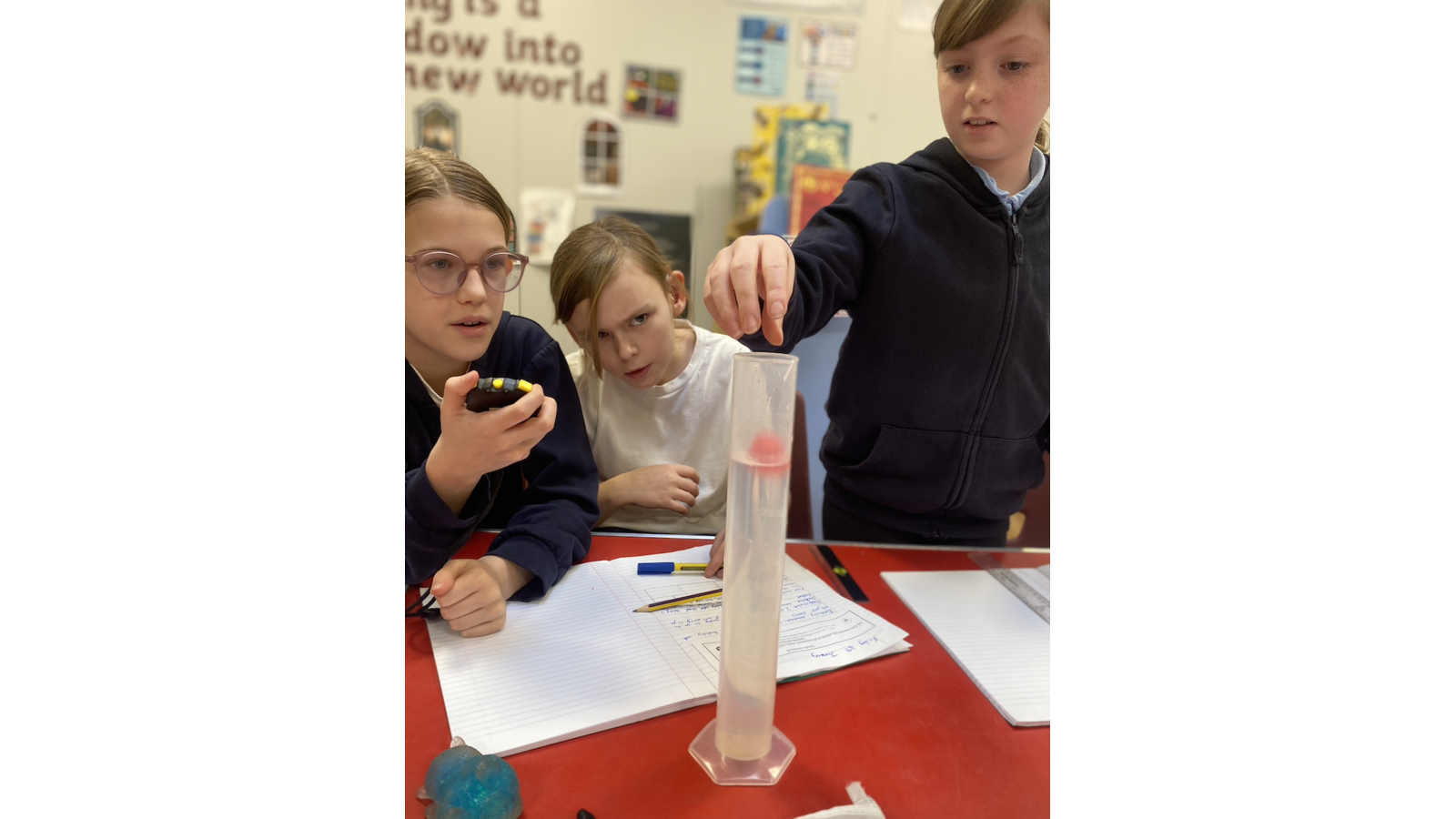
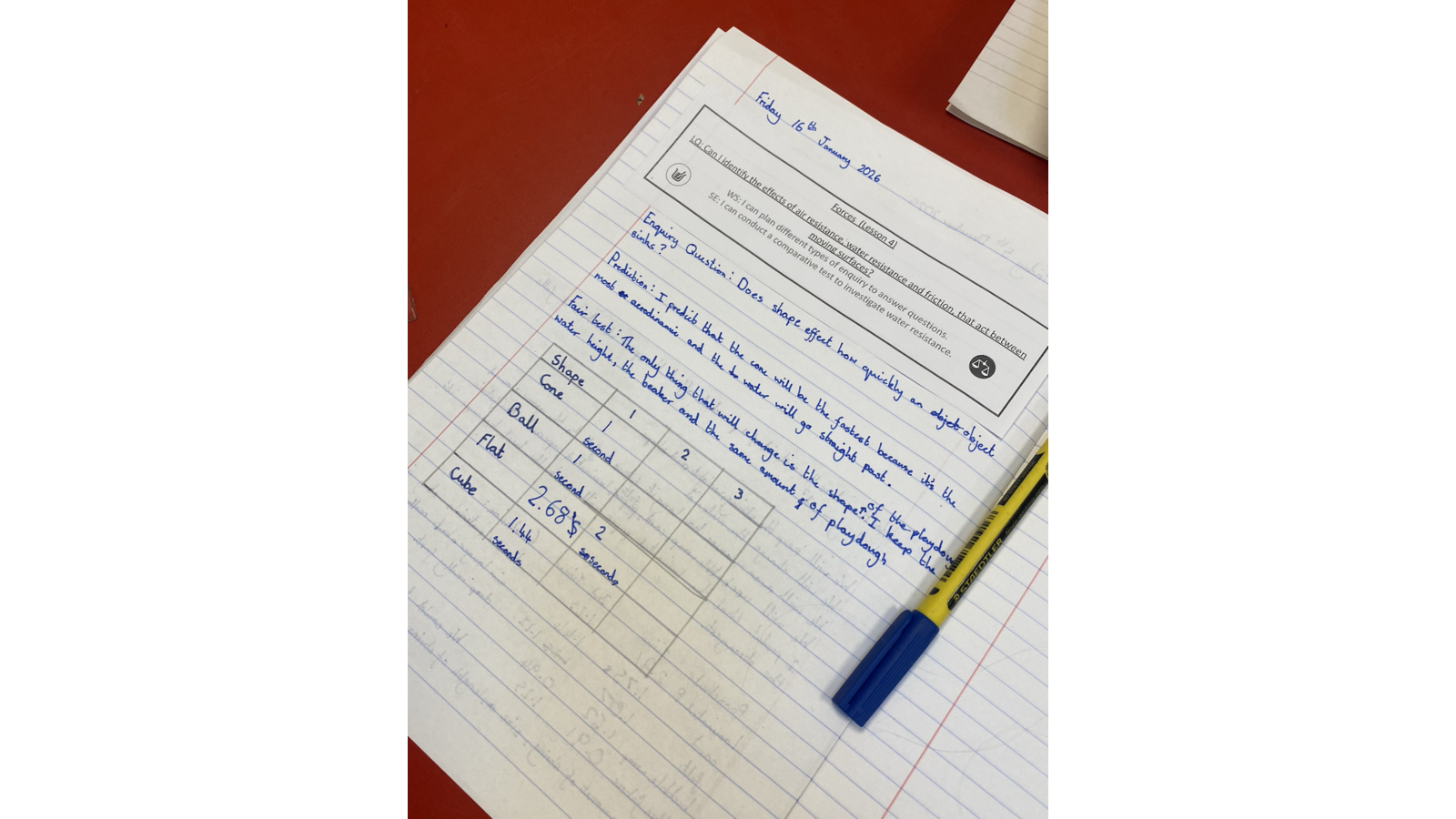
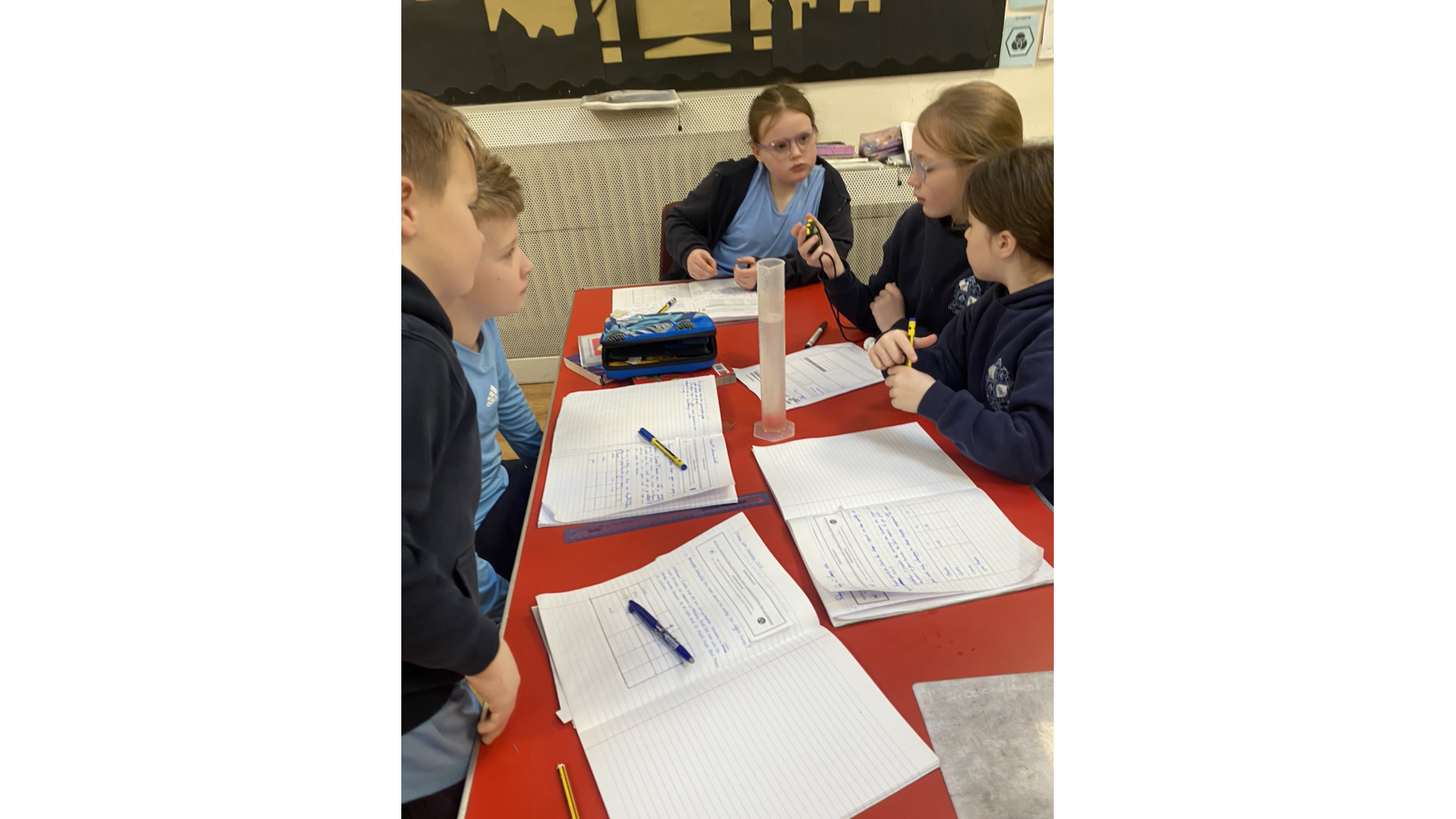
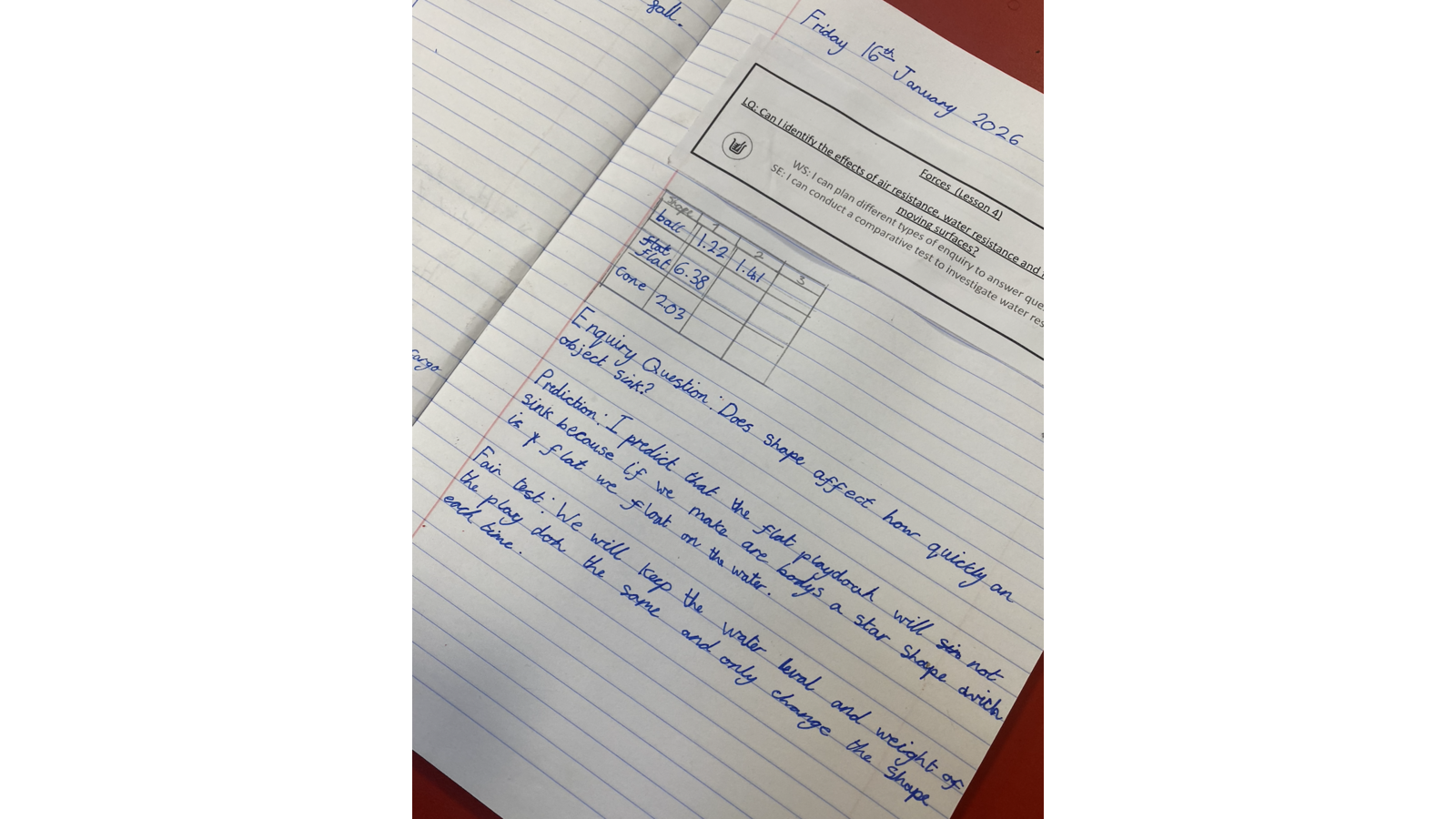
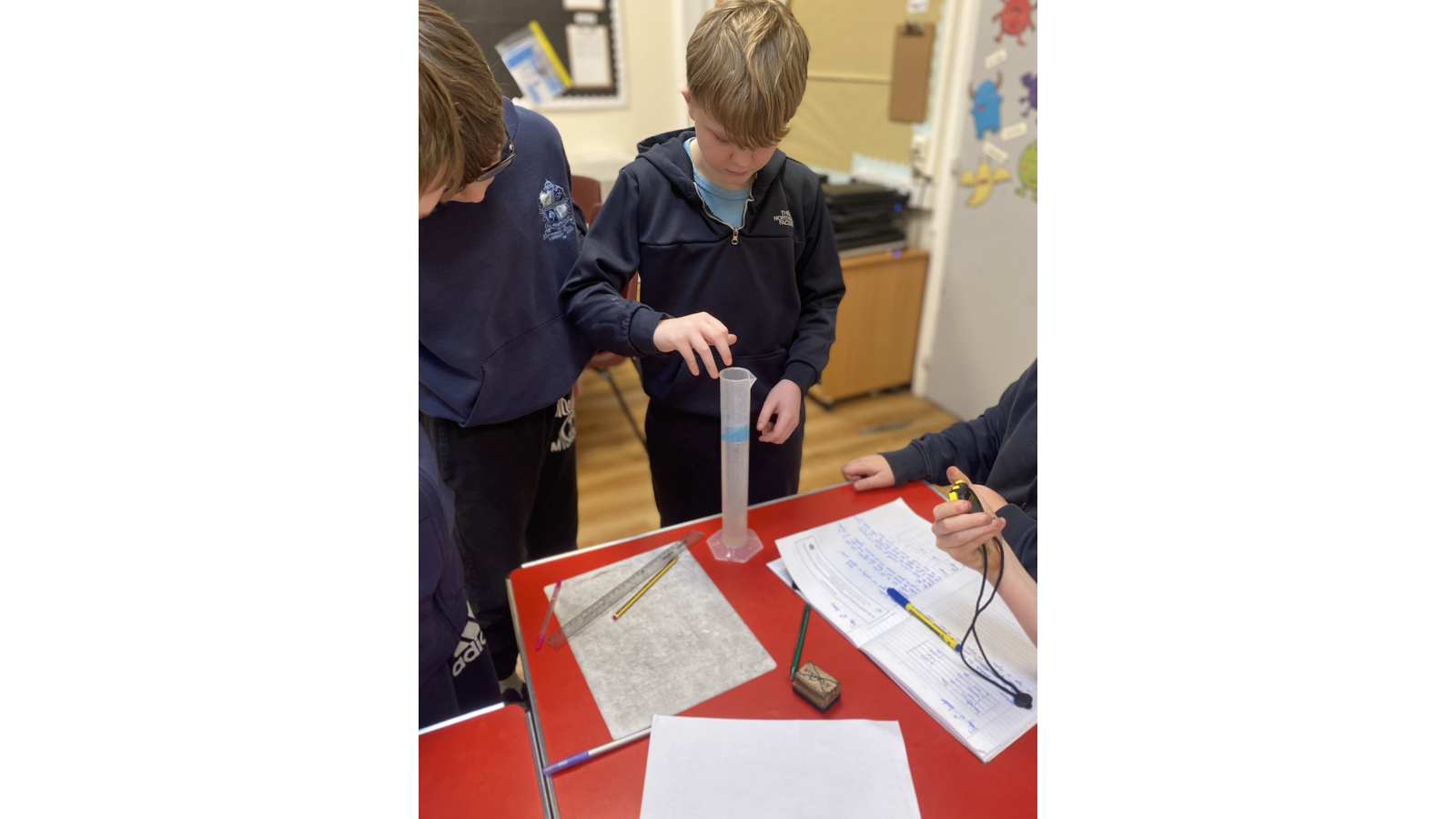
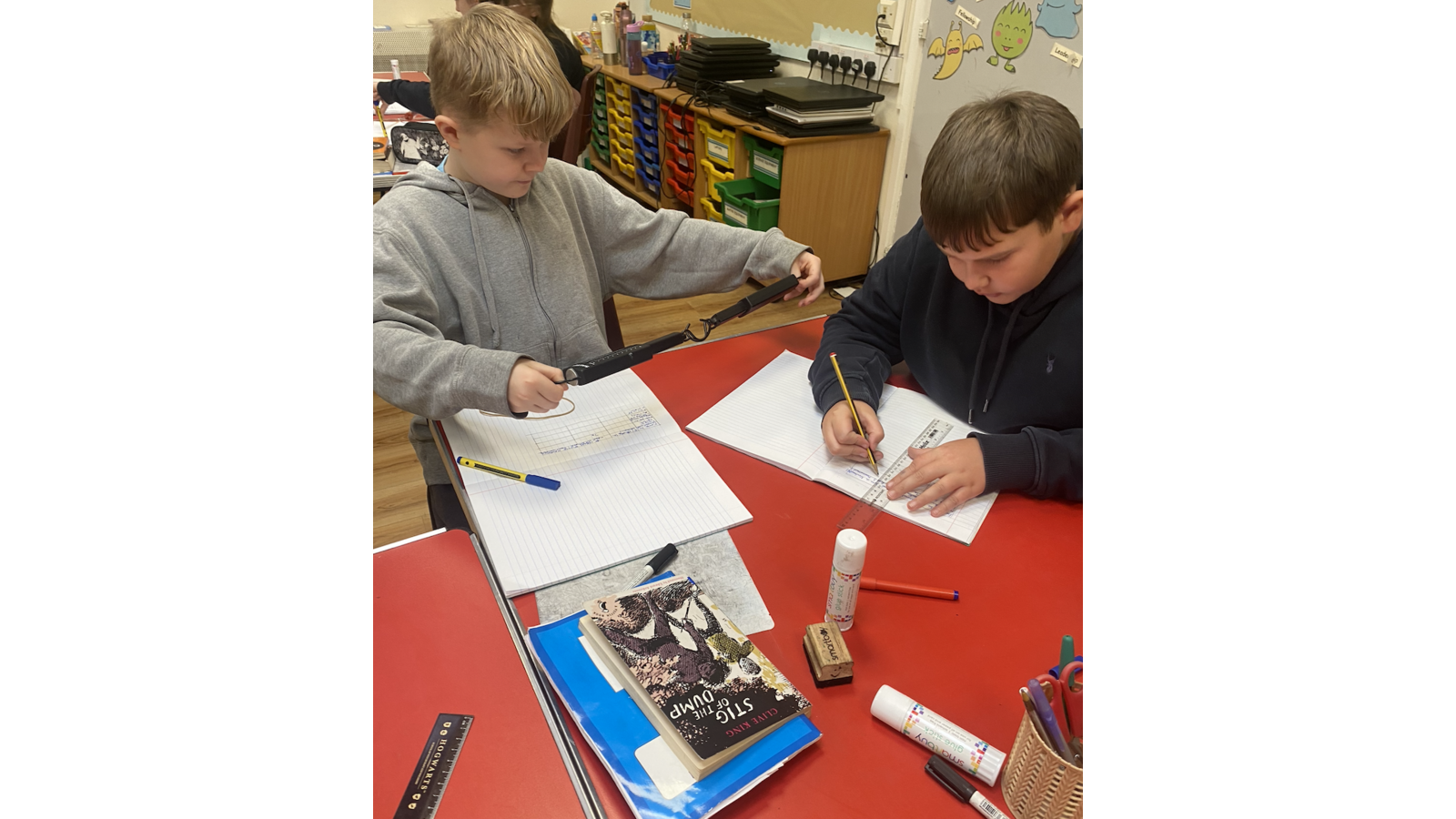
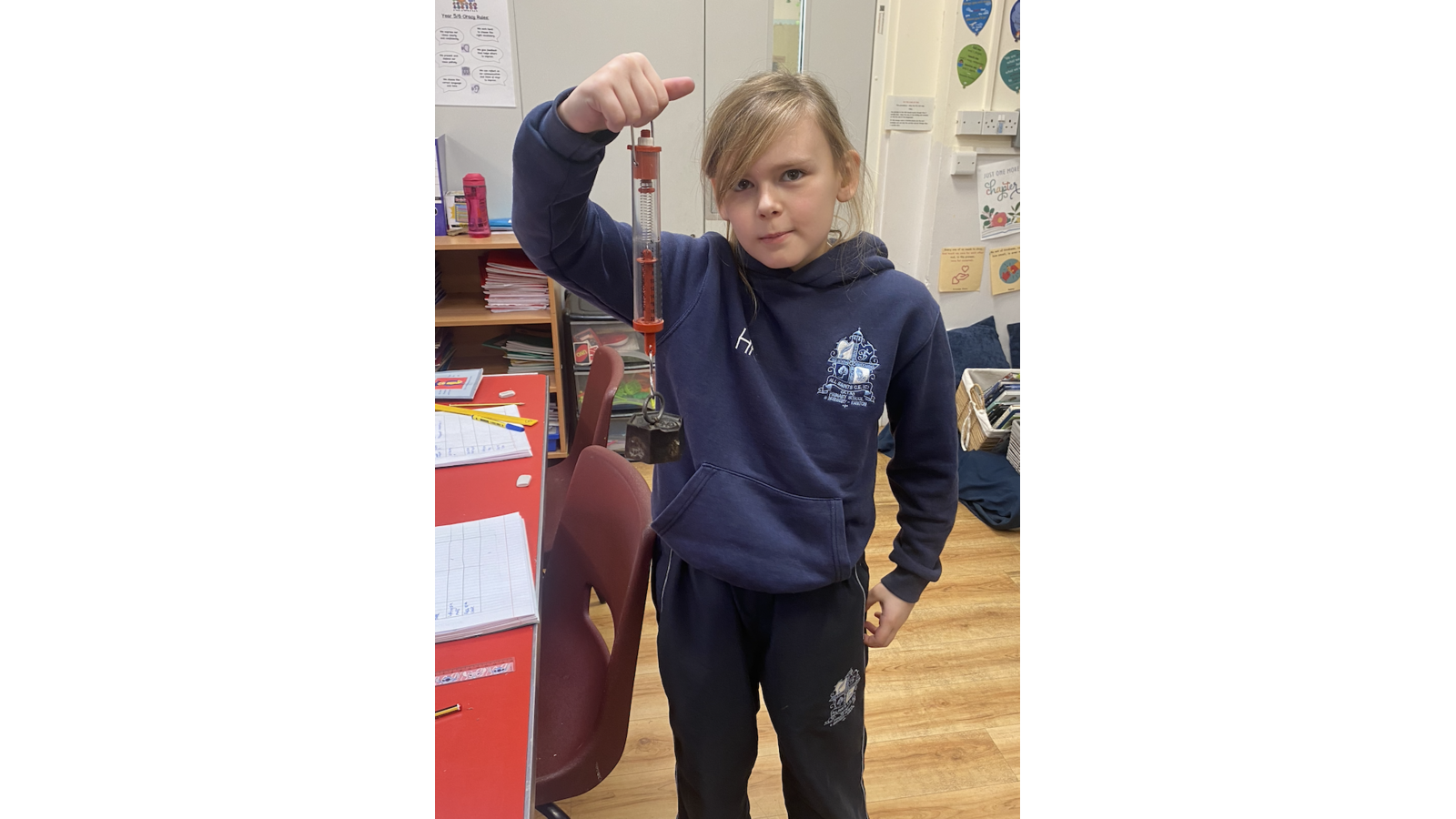

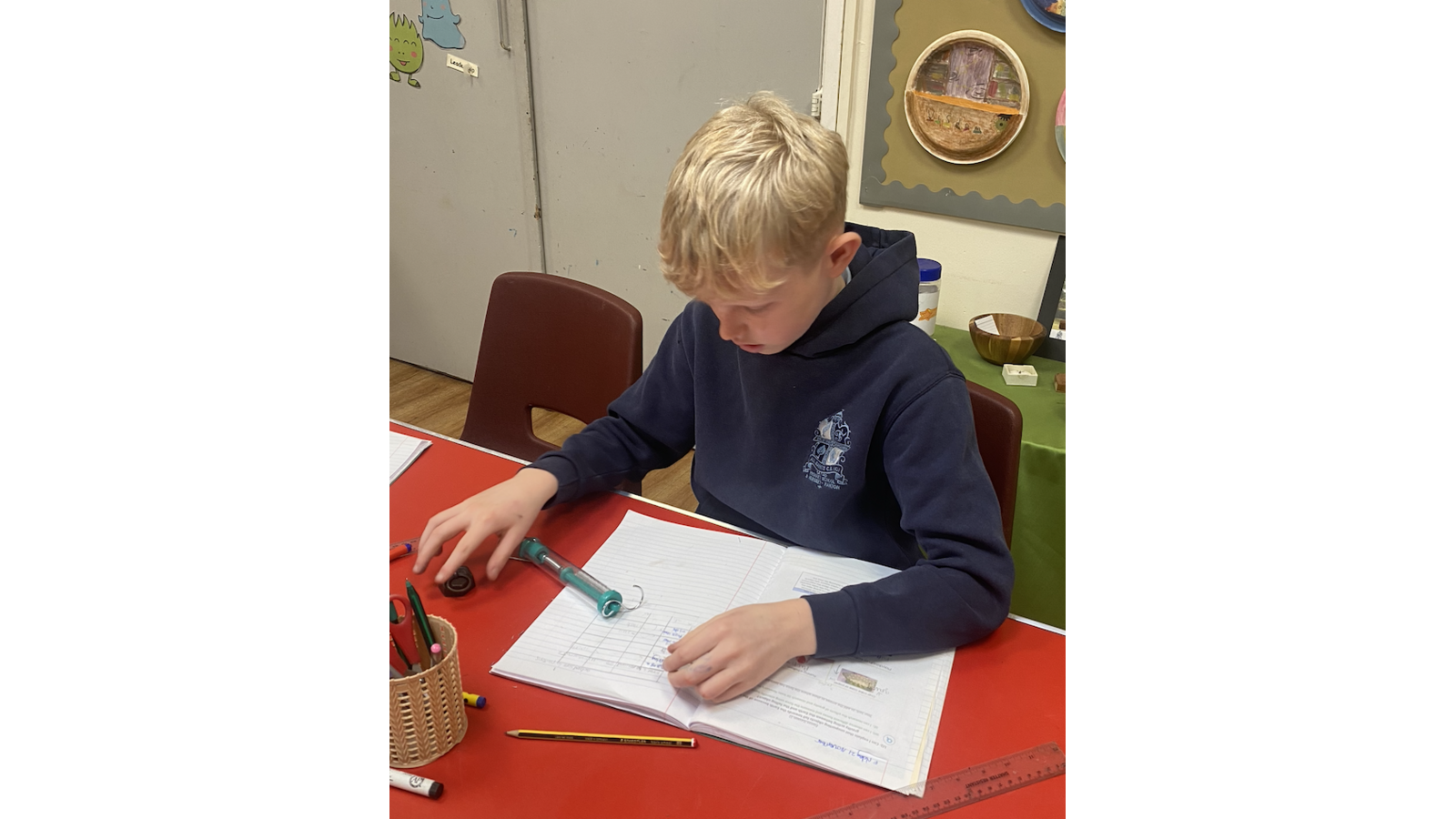
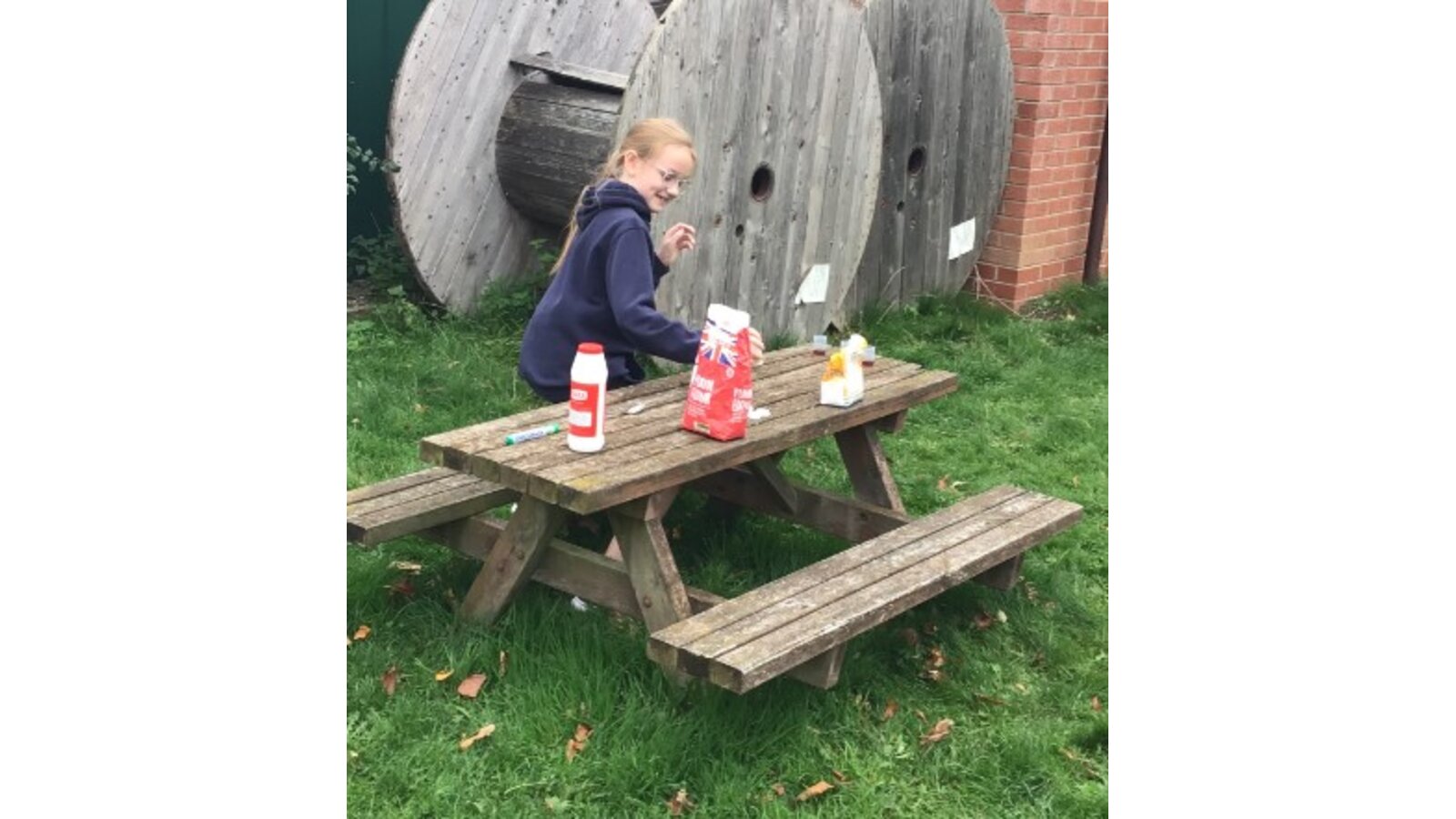
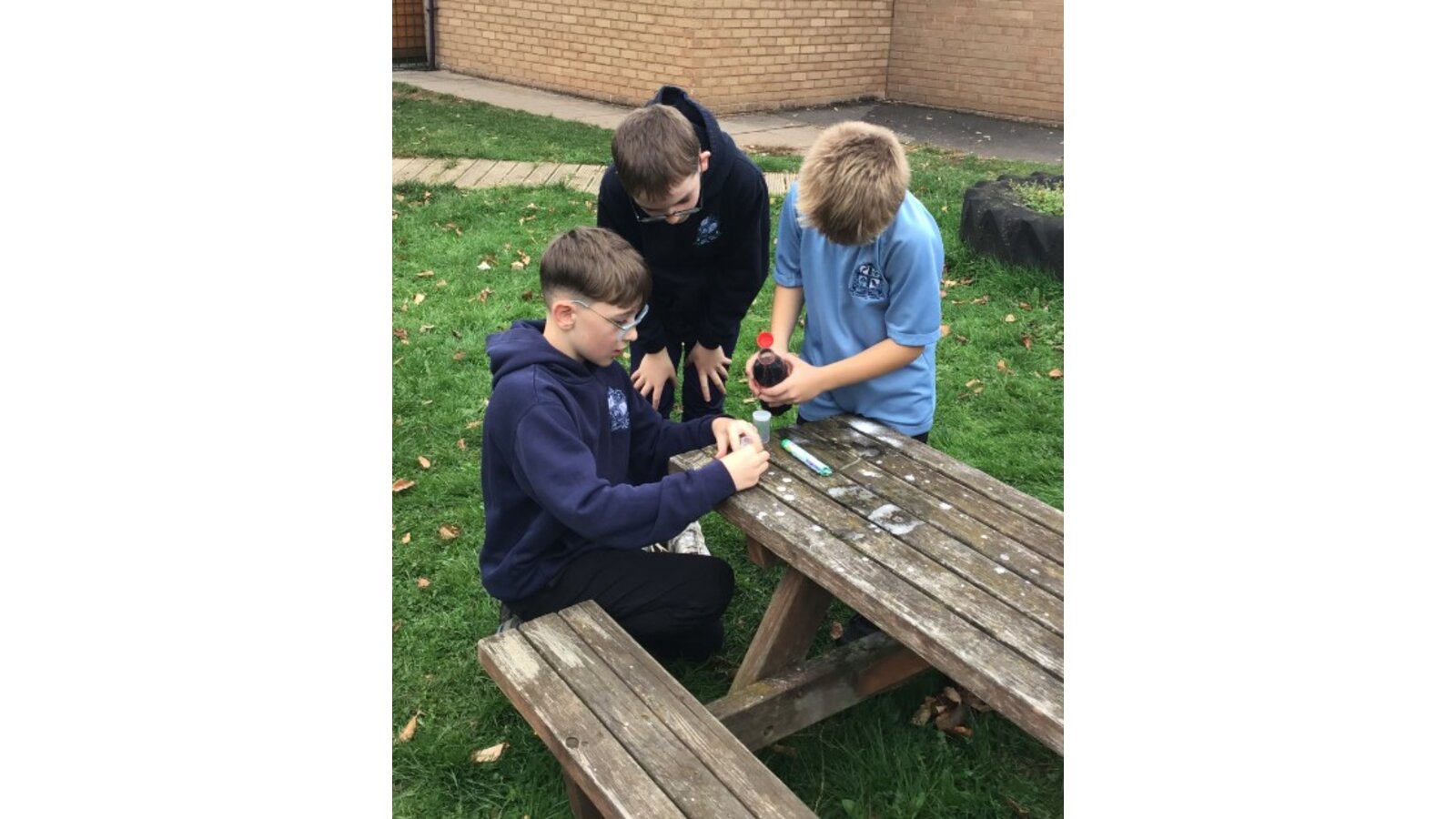

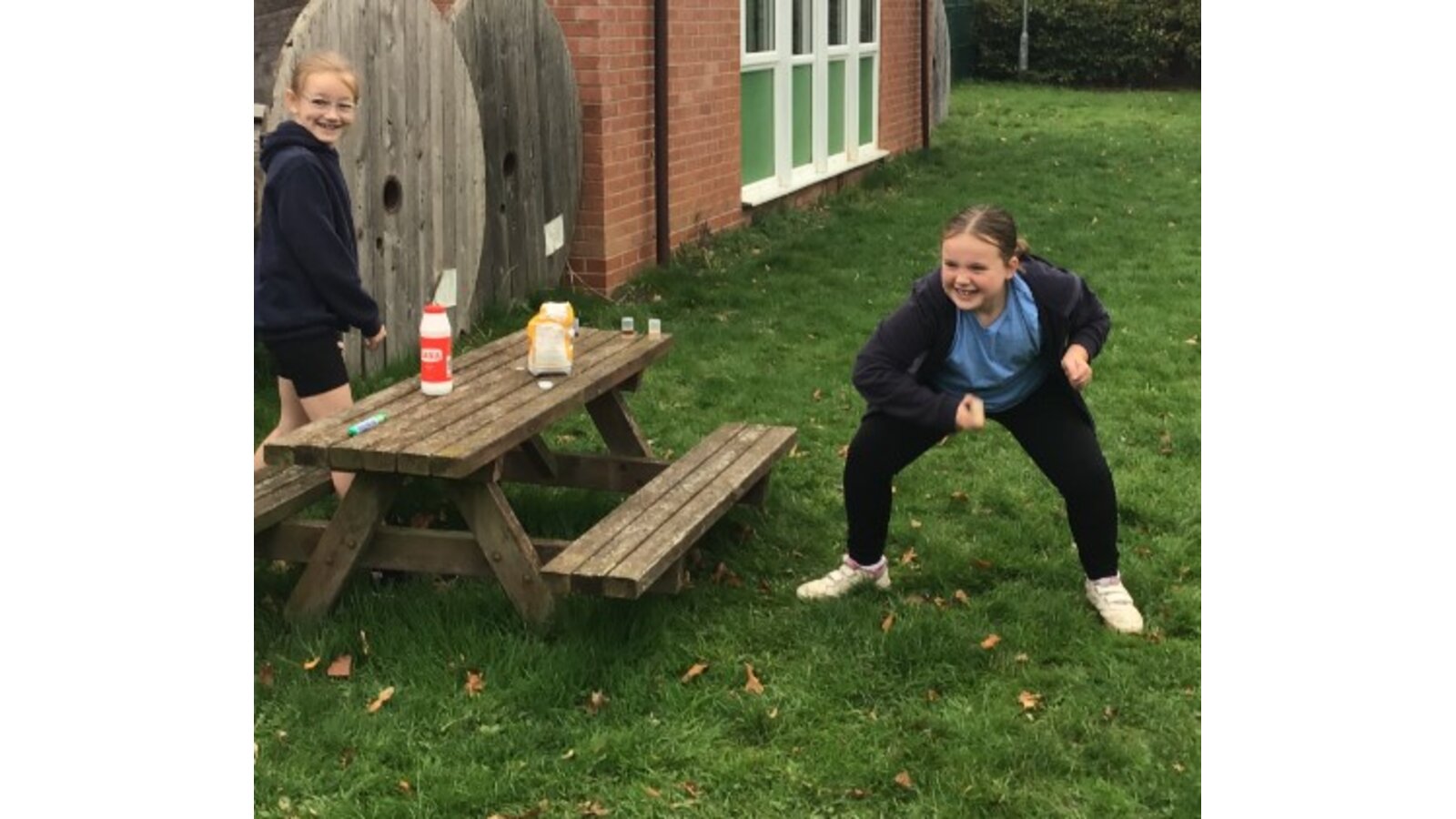


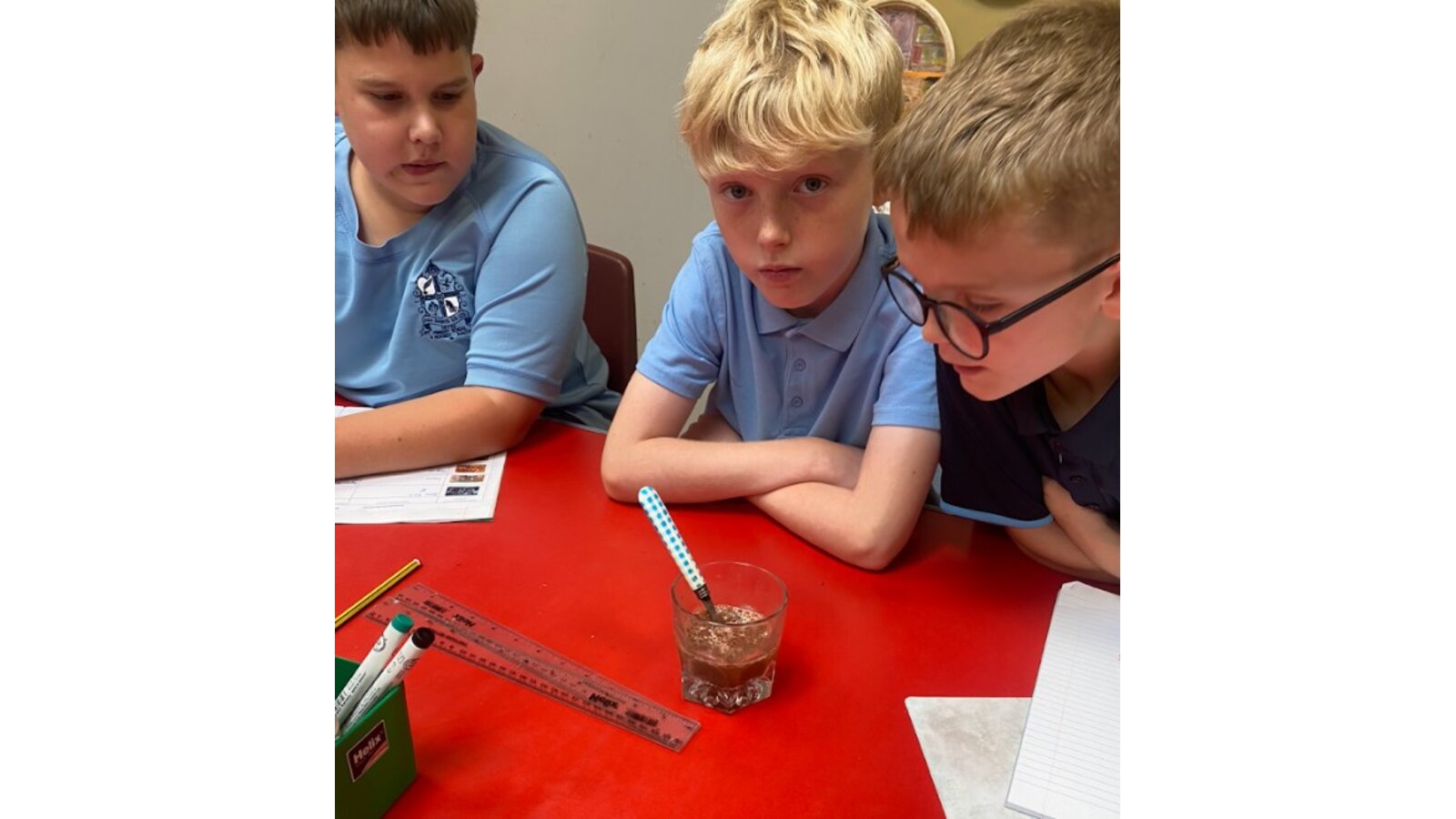


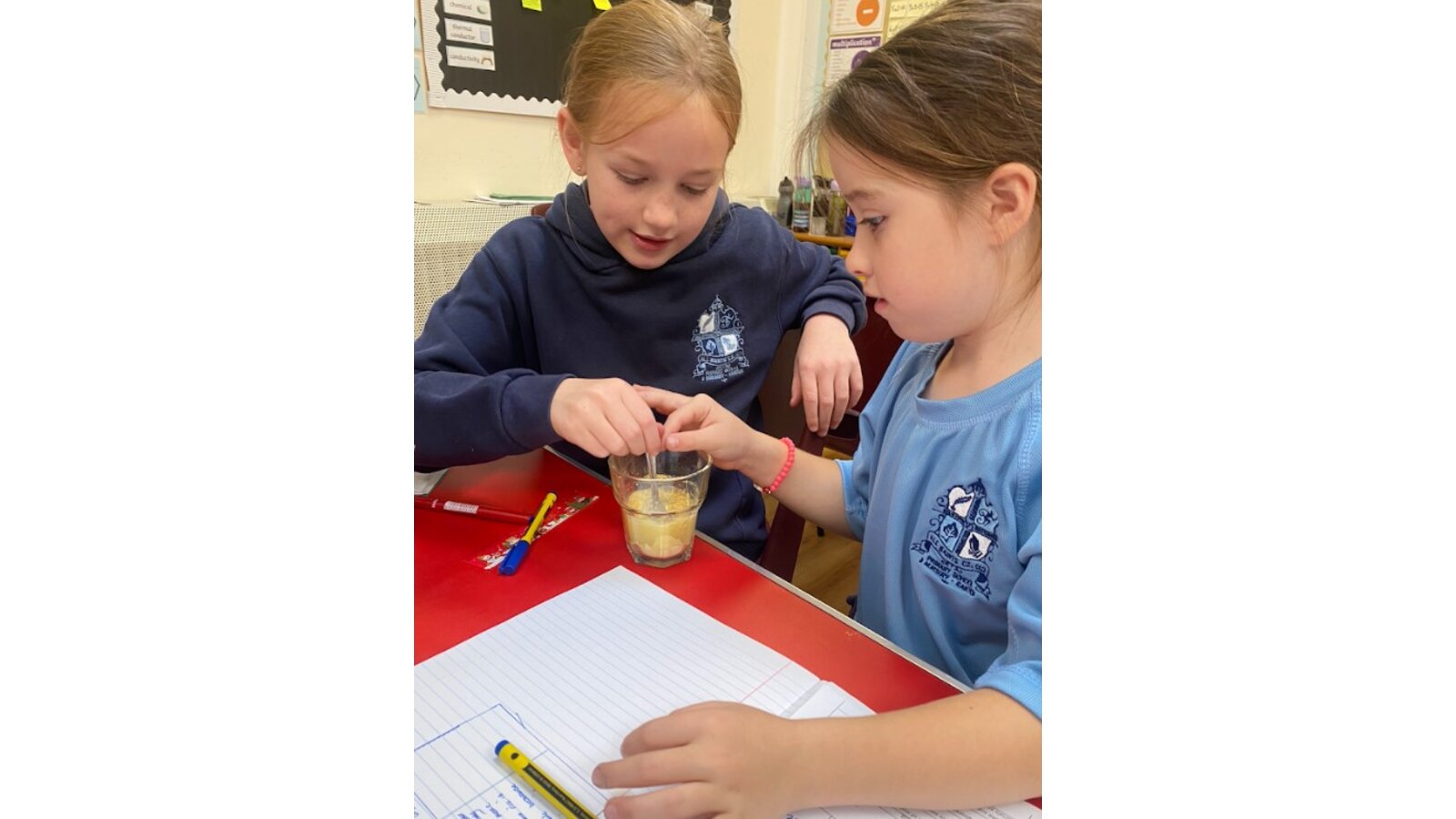



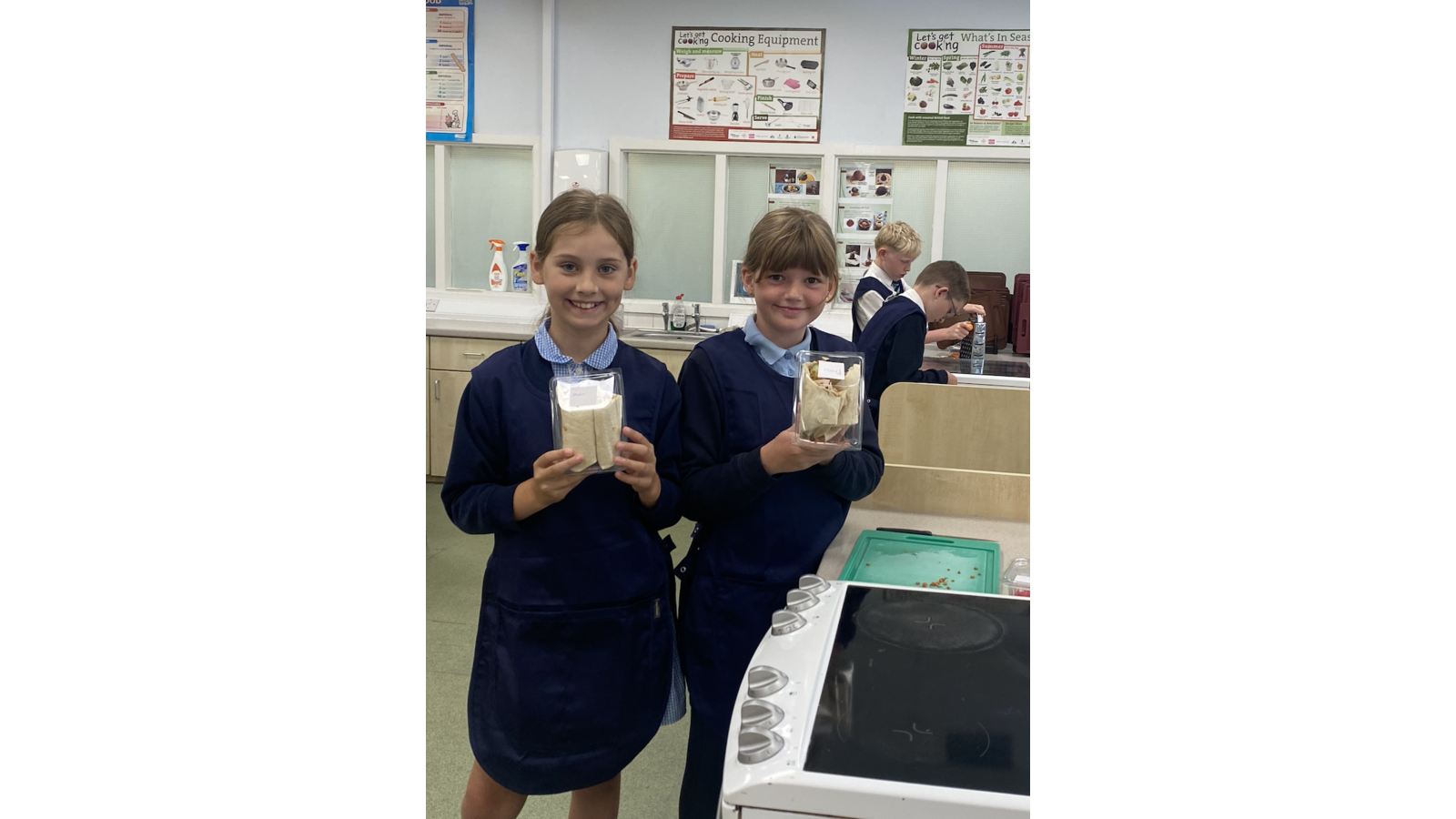
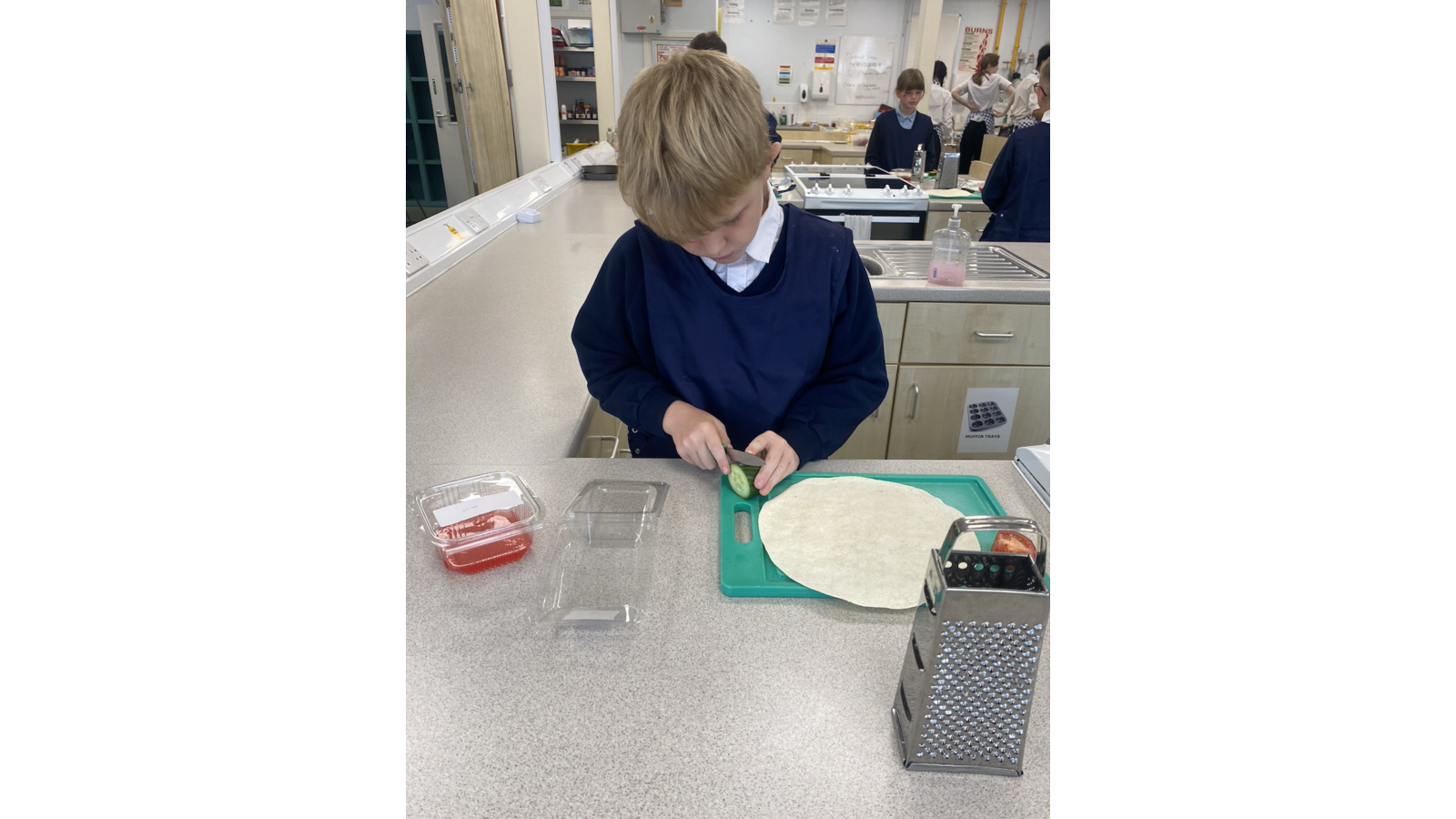


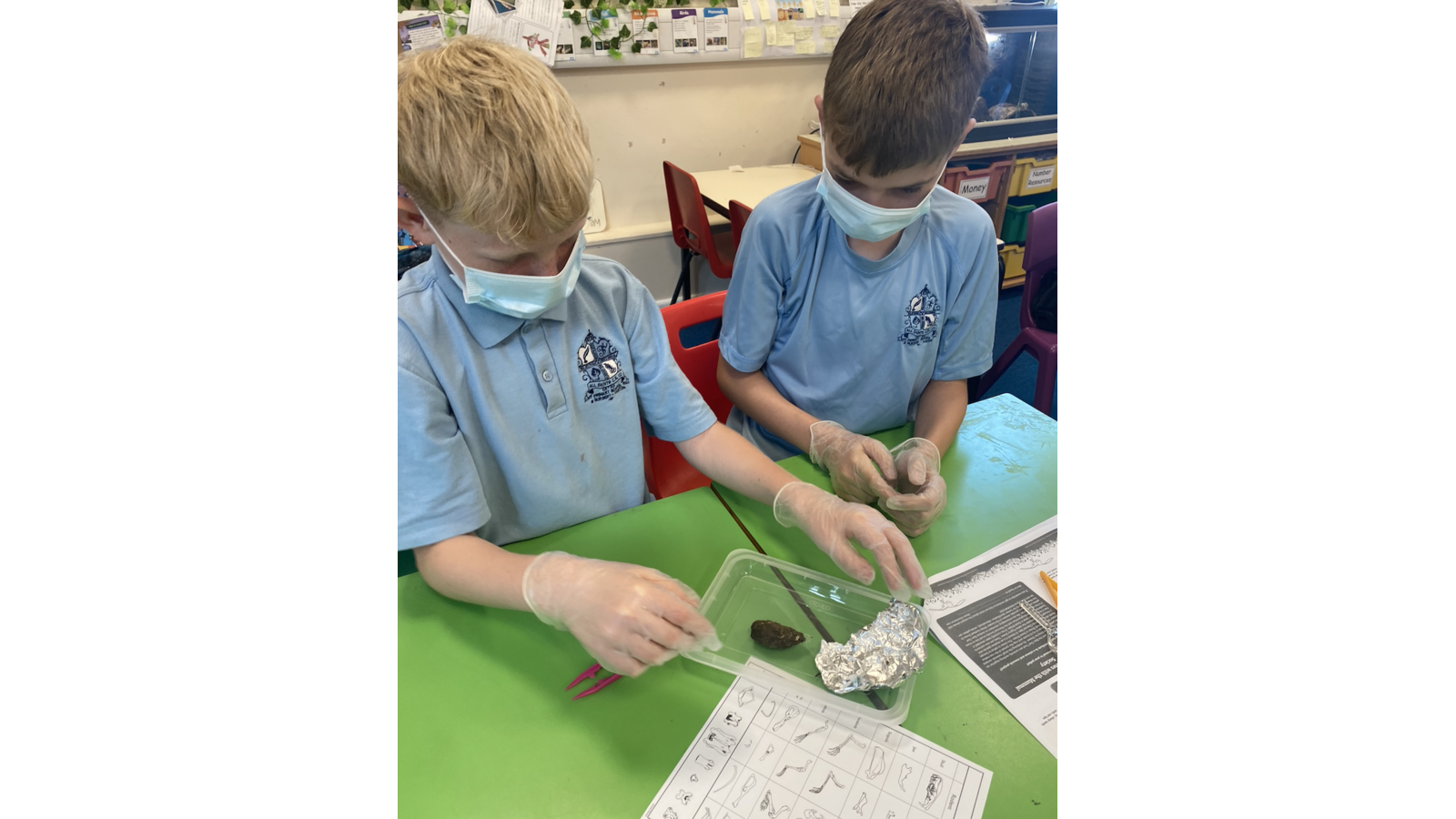
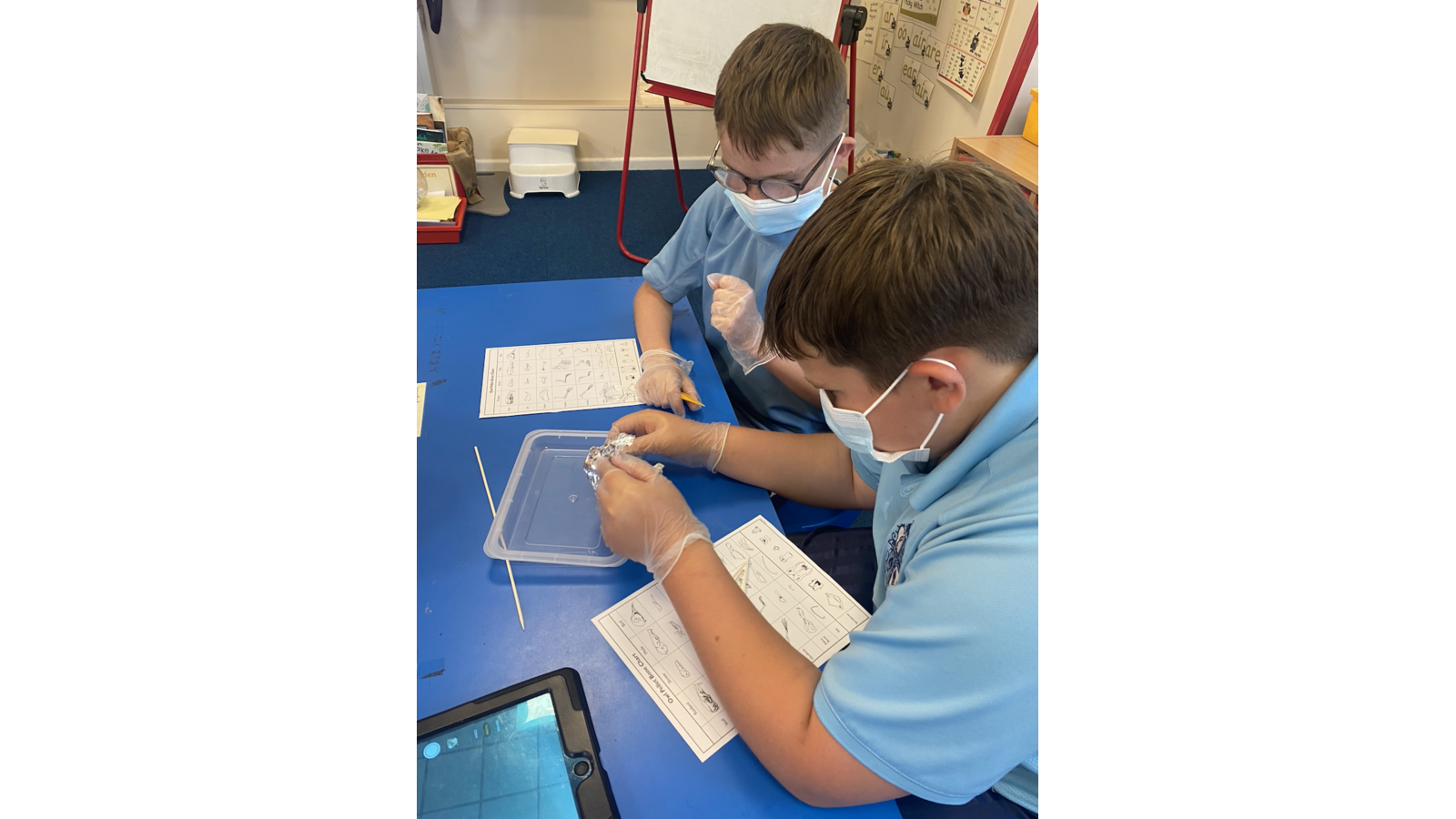
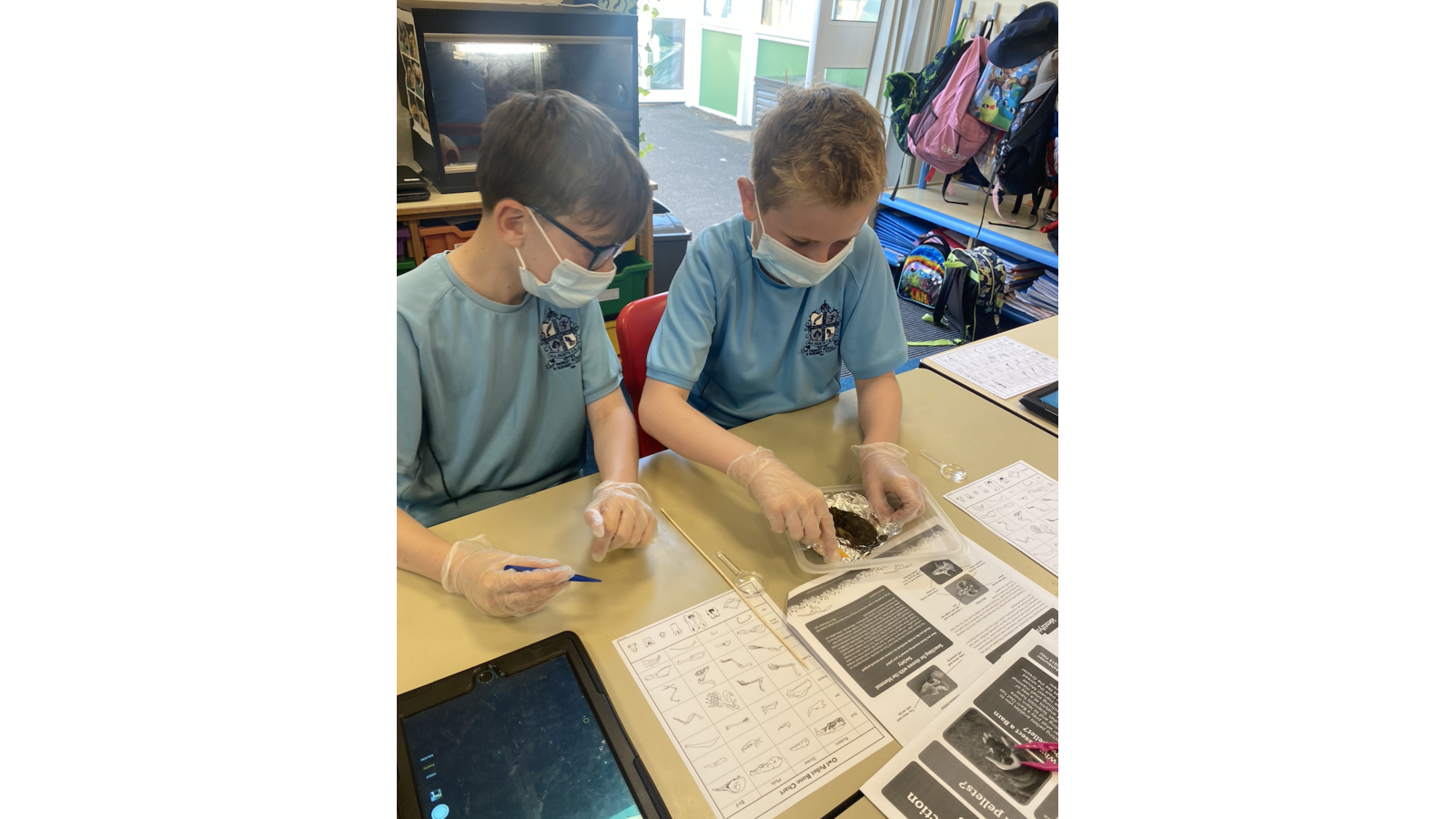
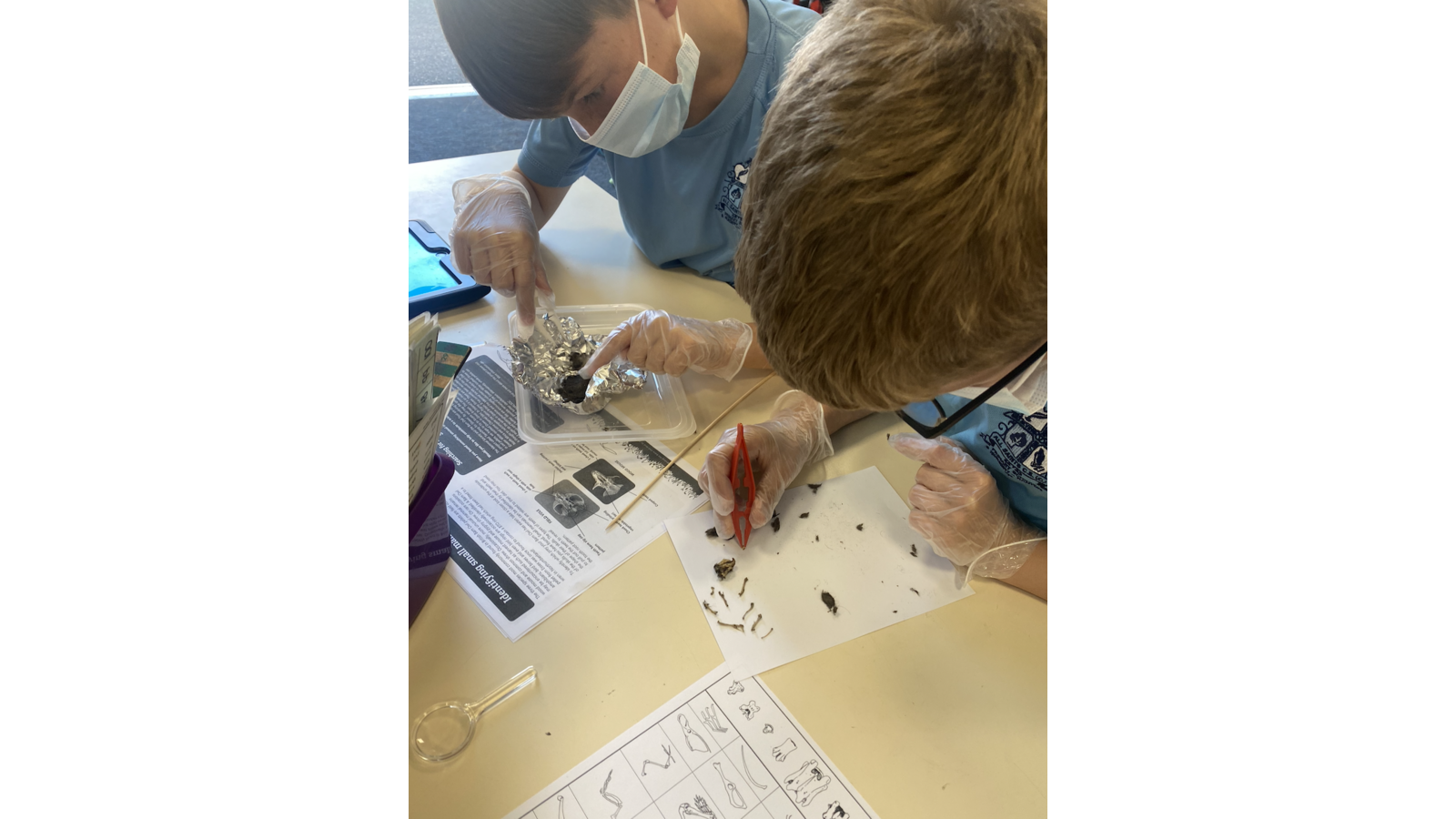
.png)
